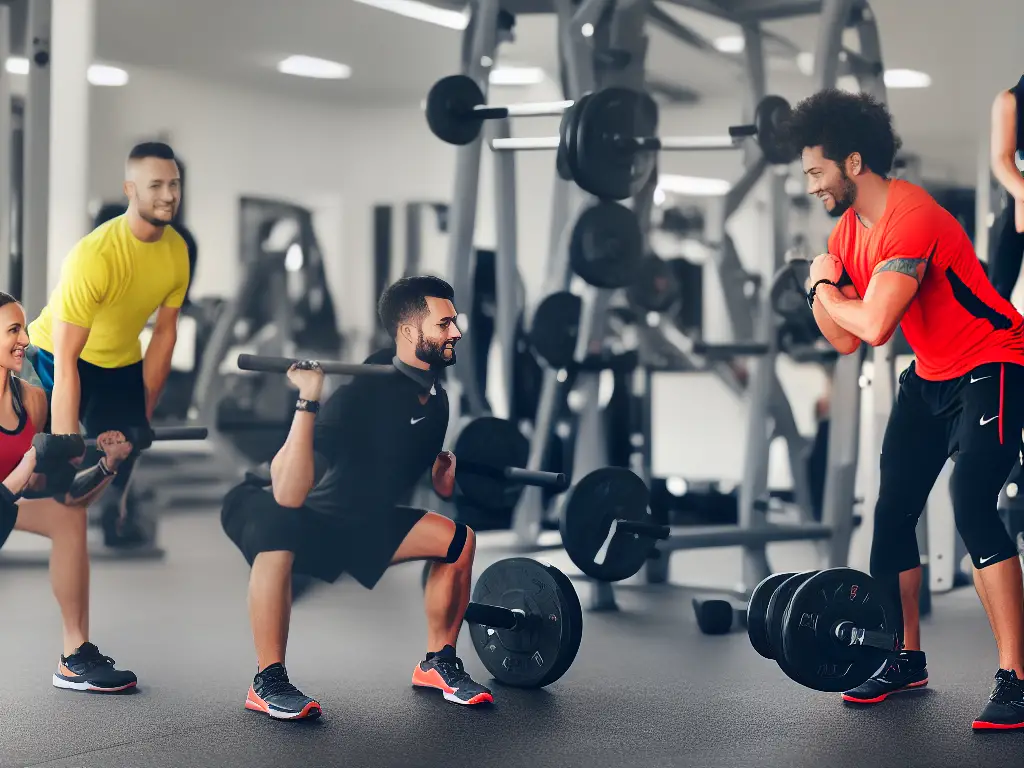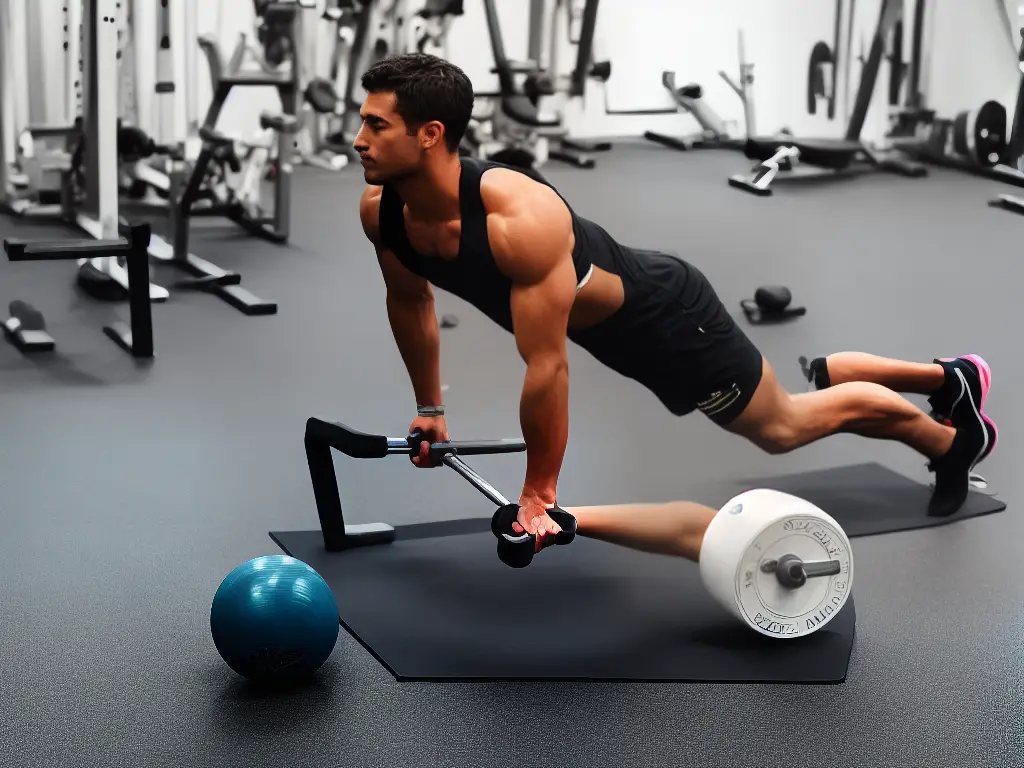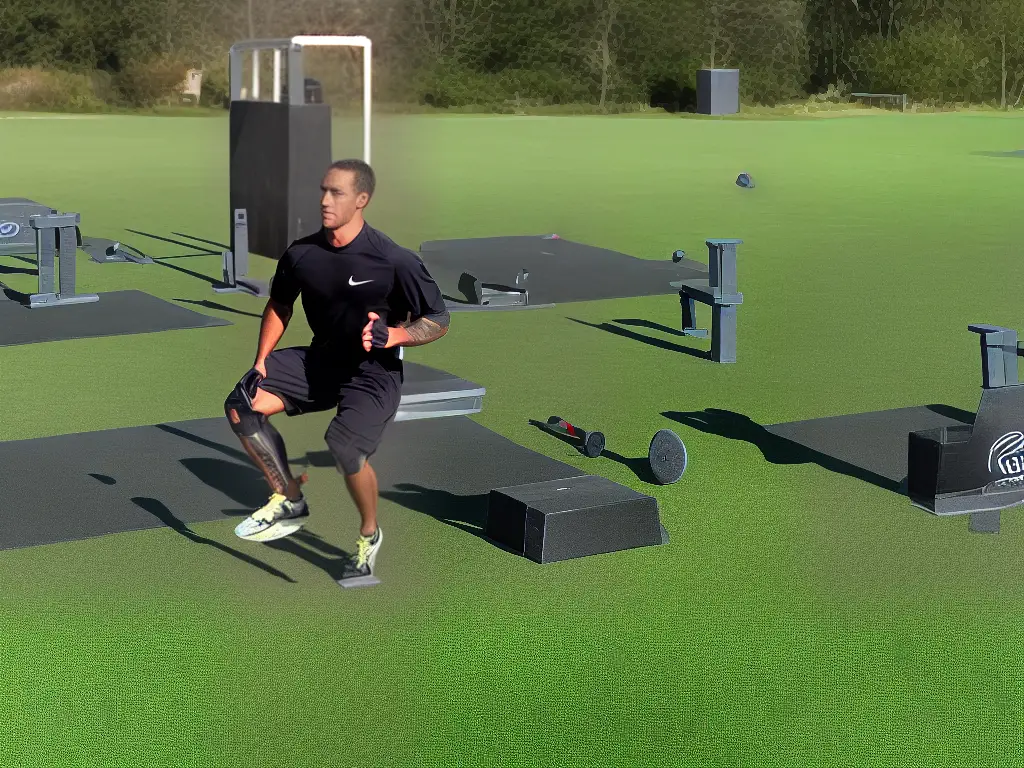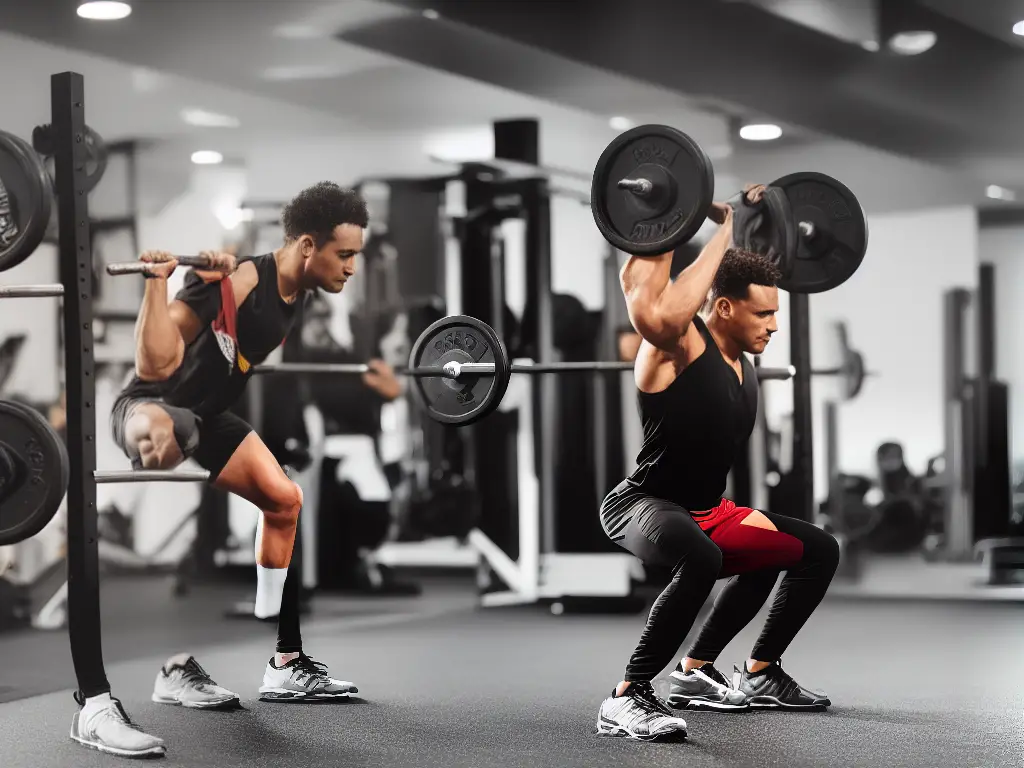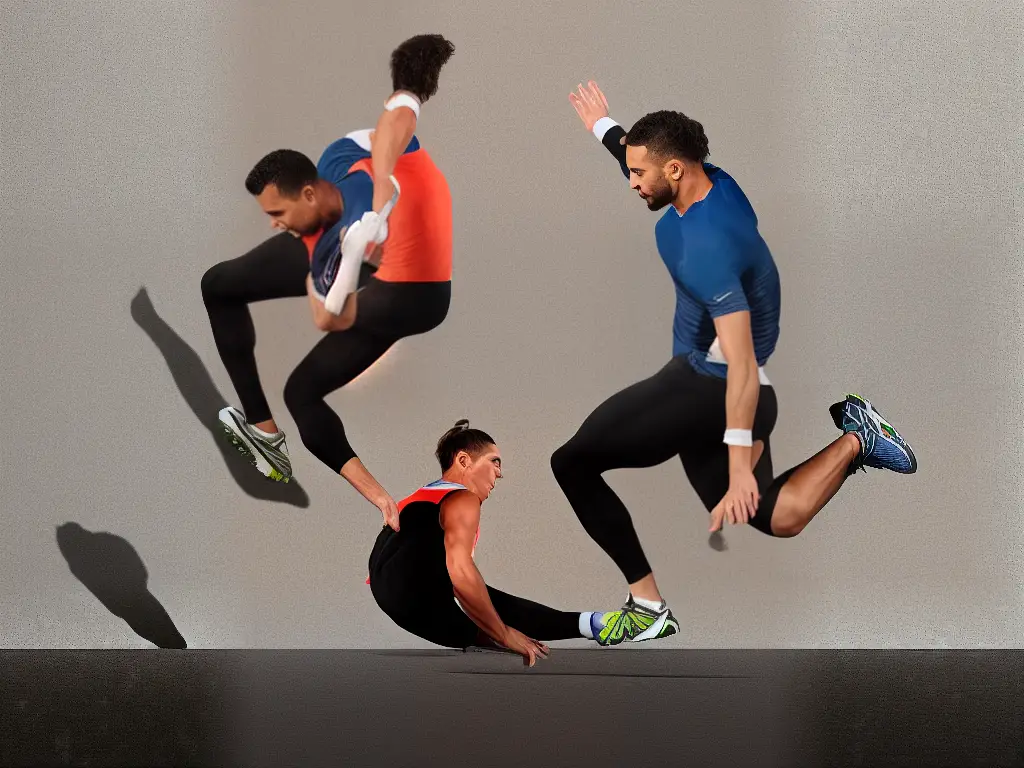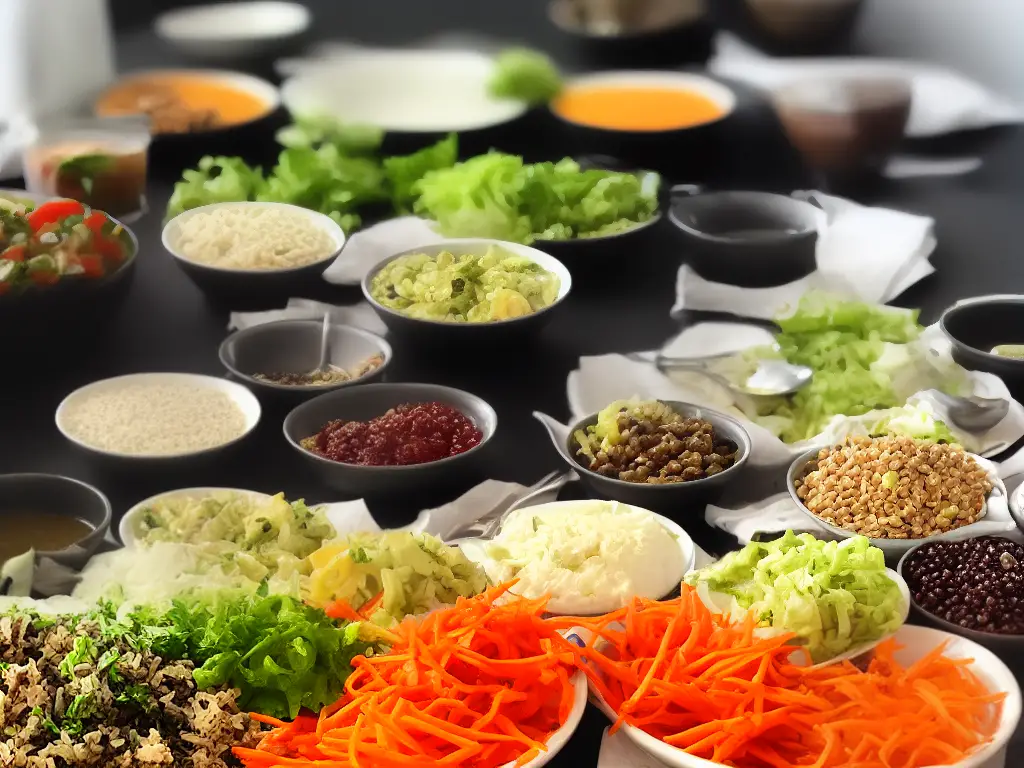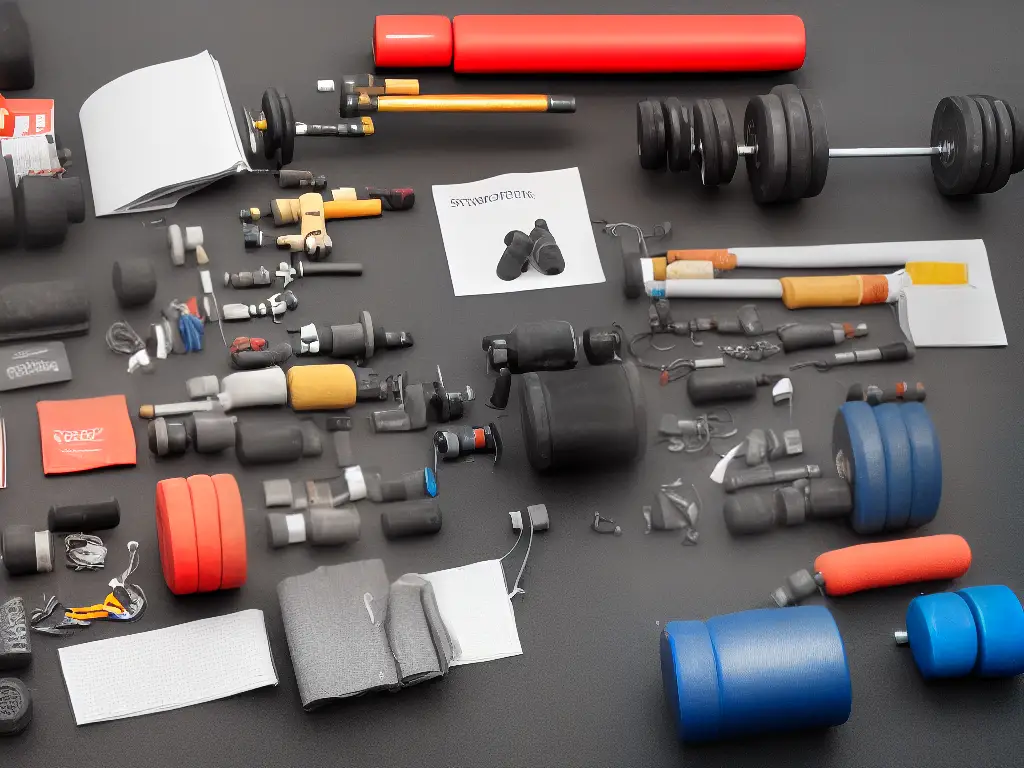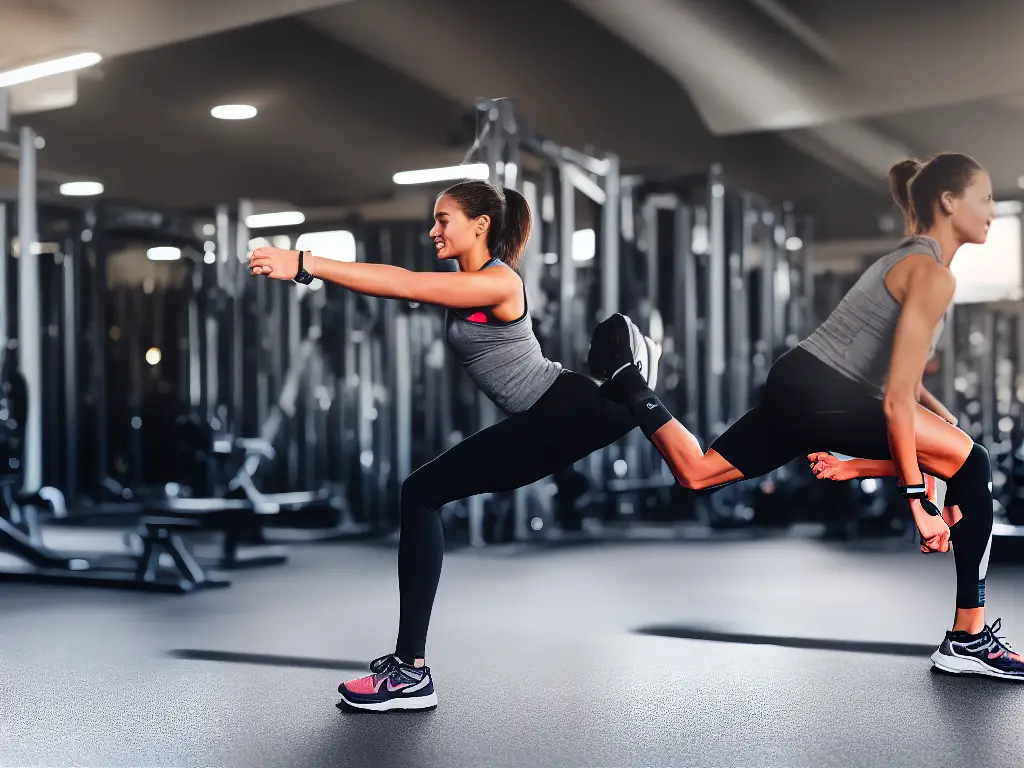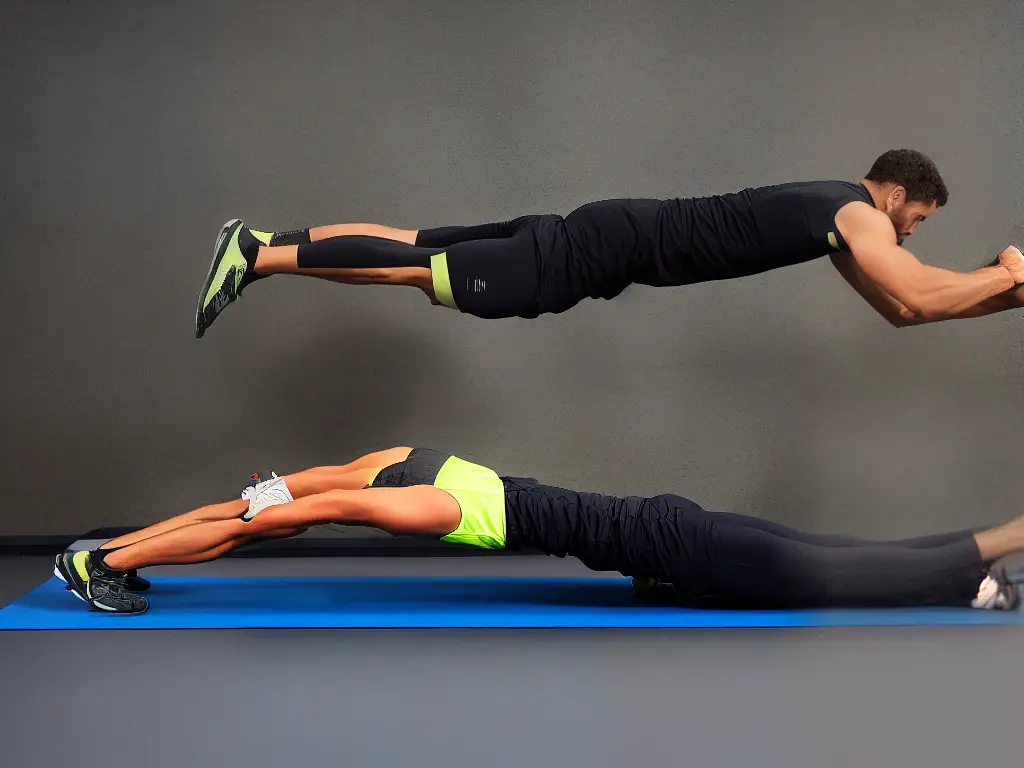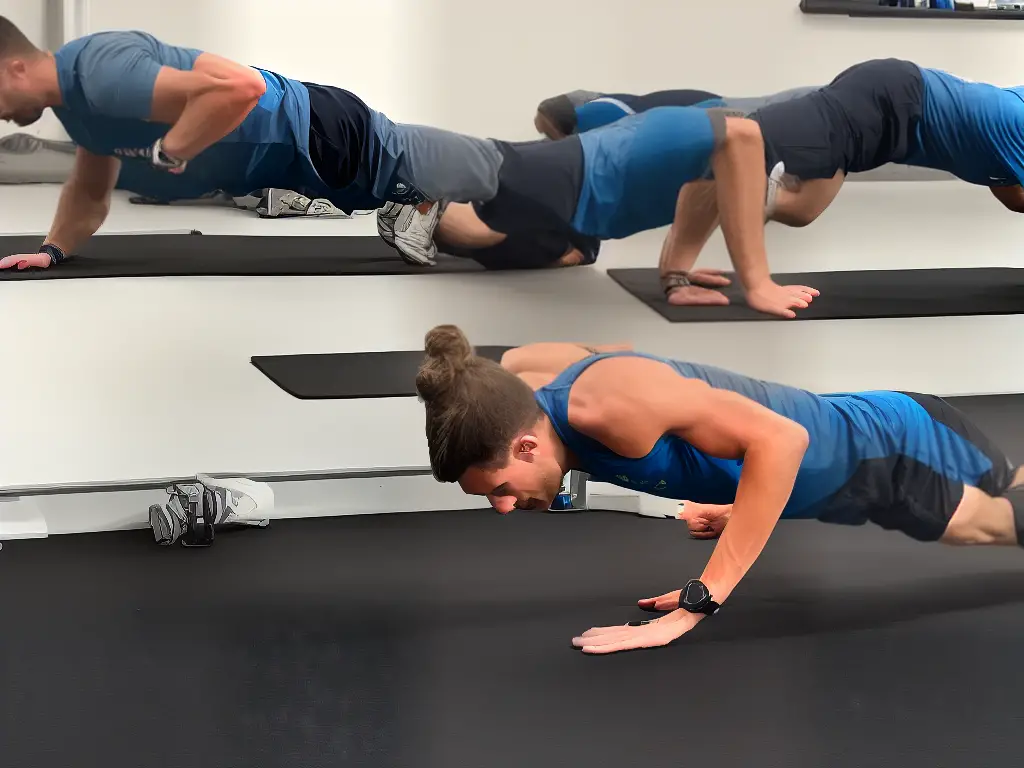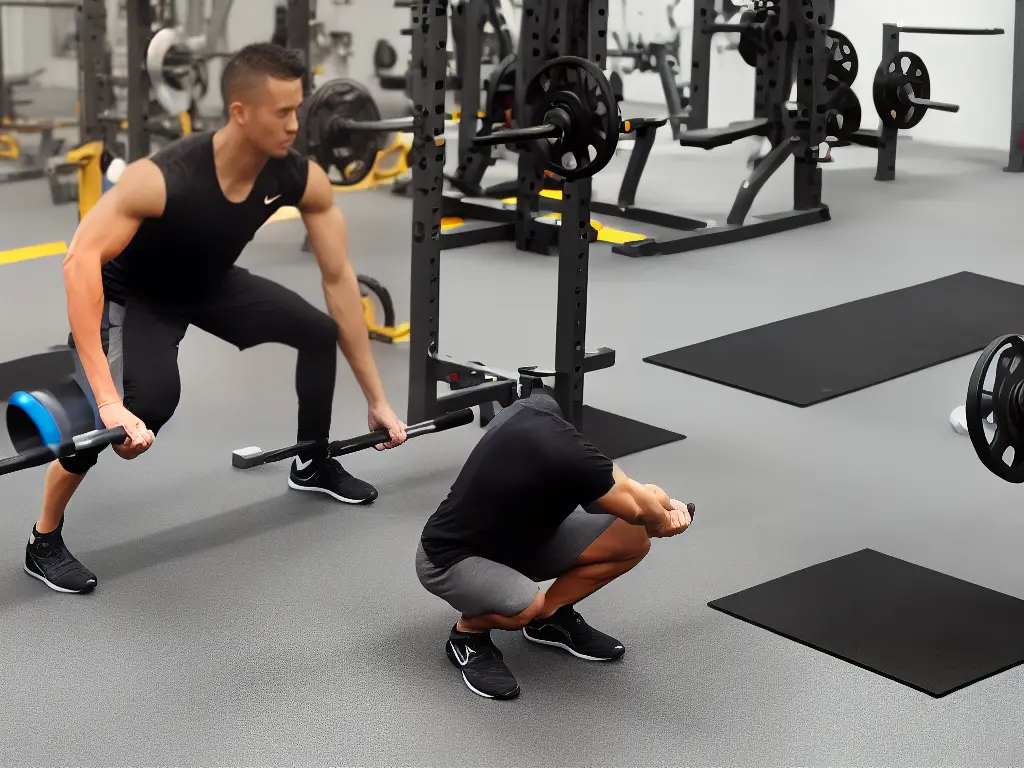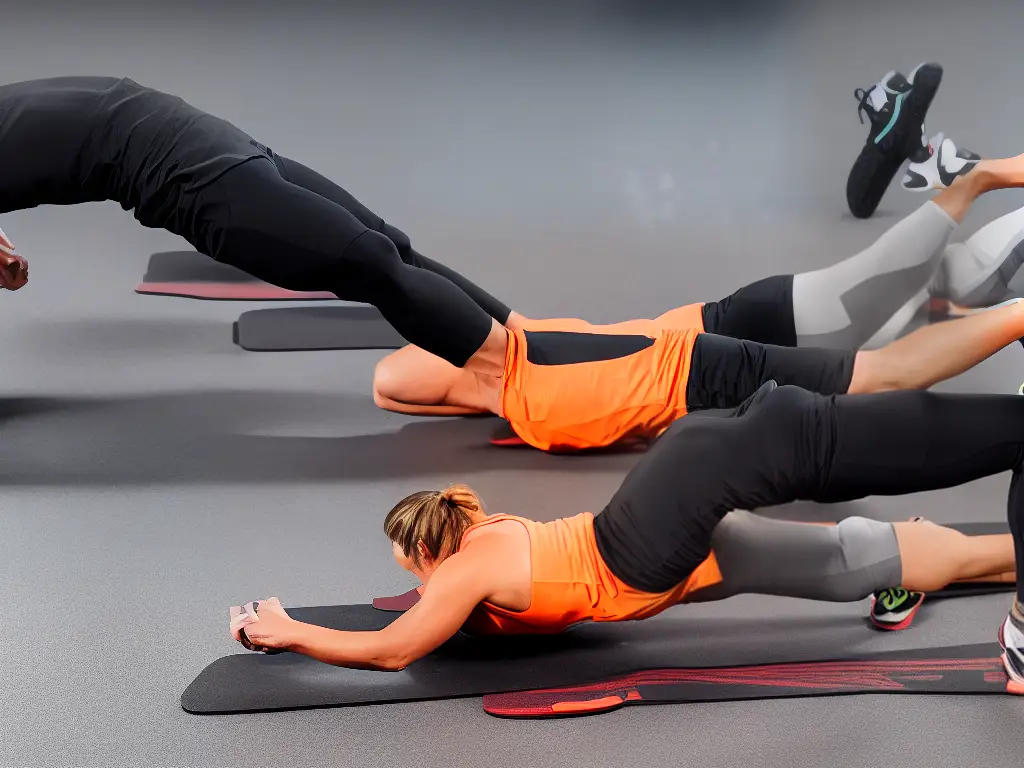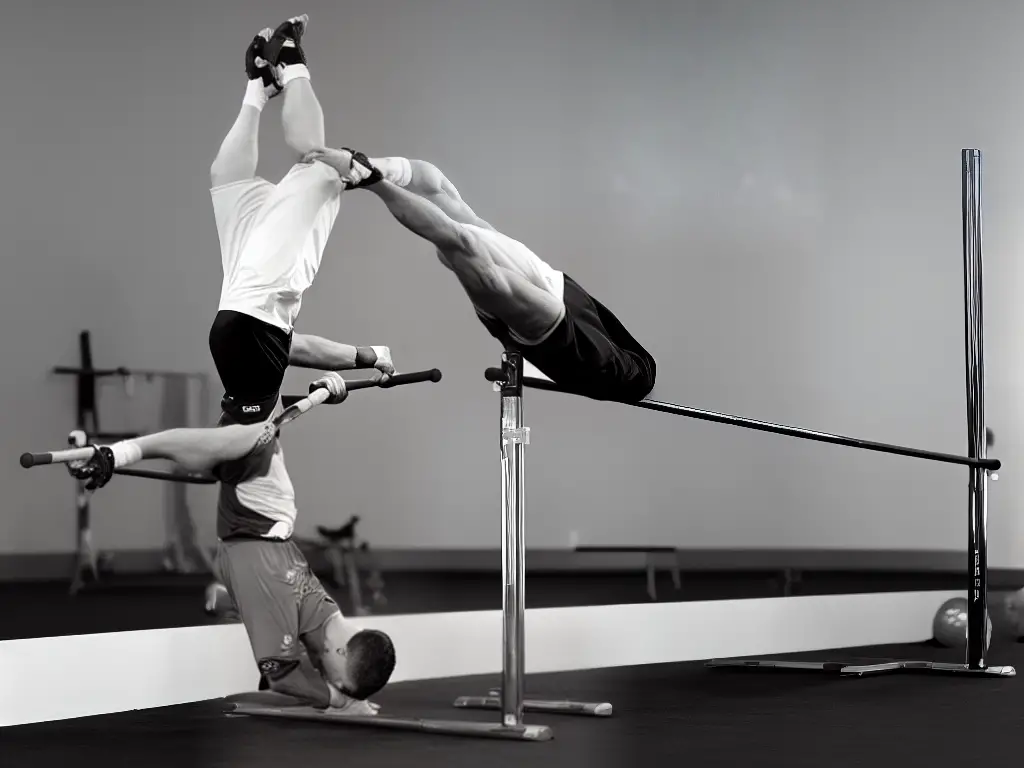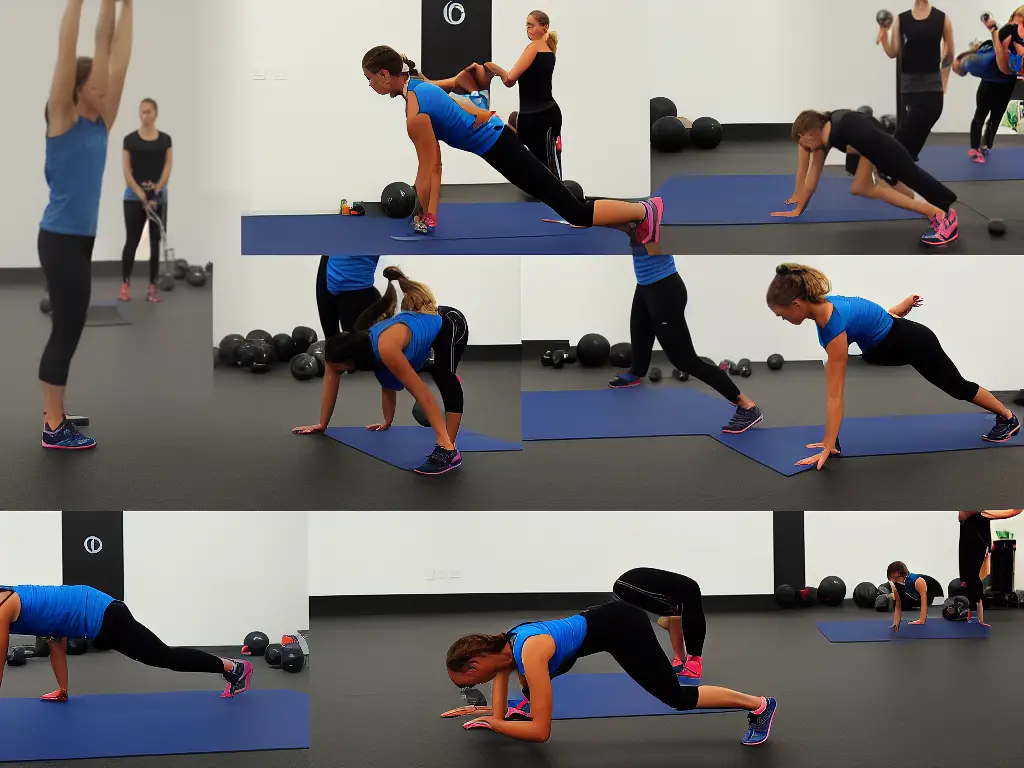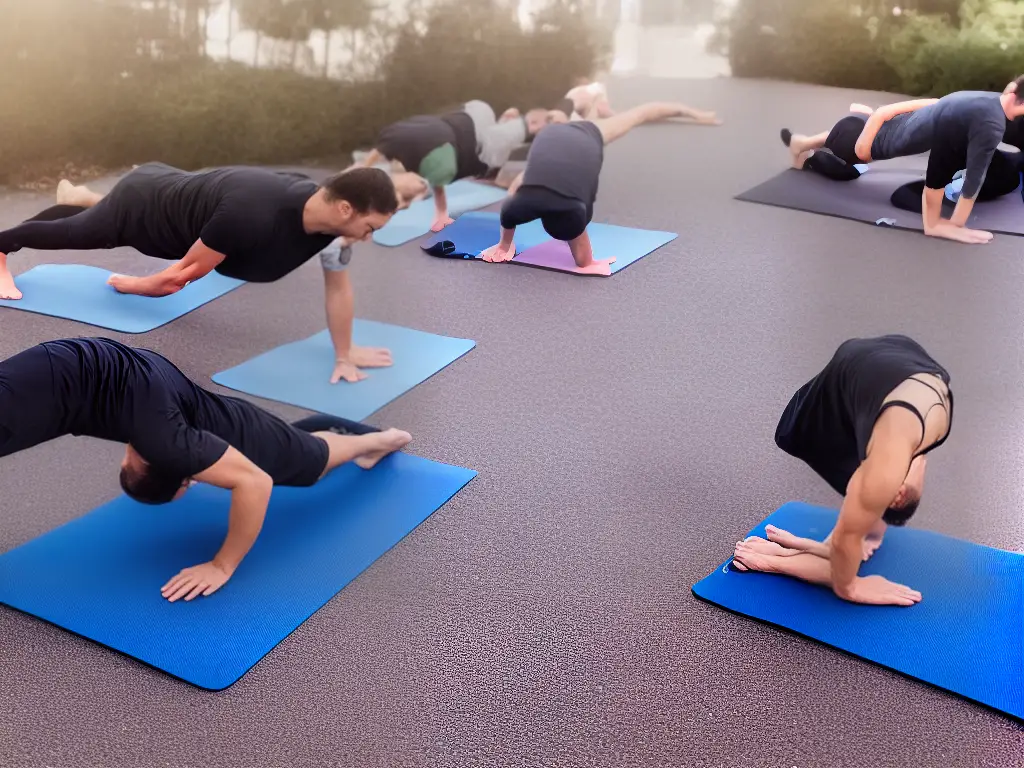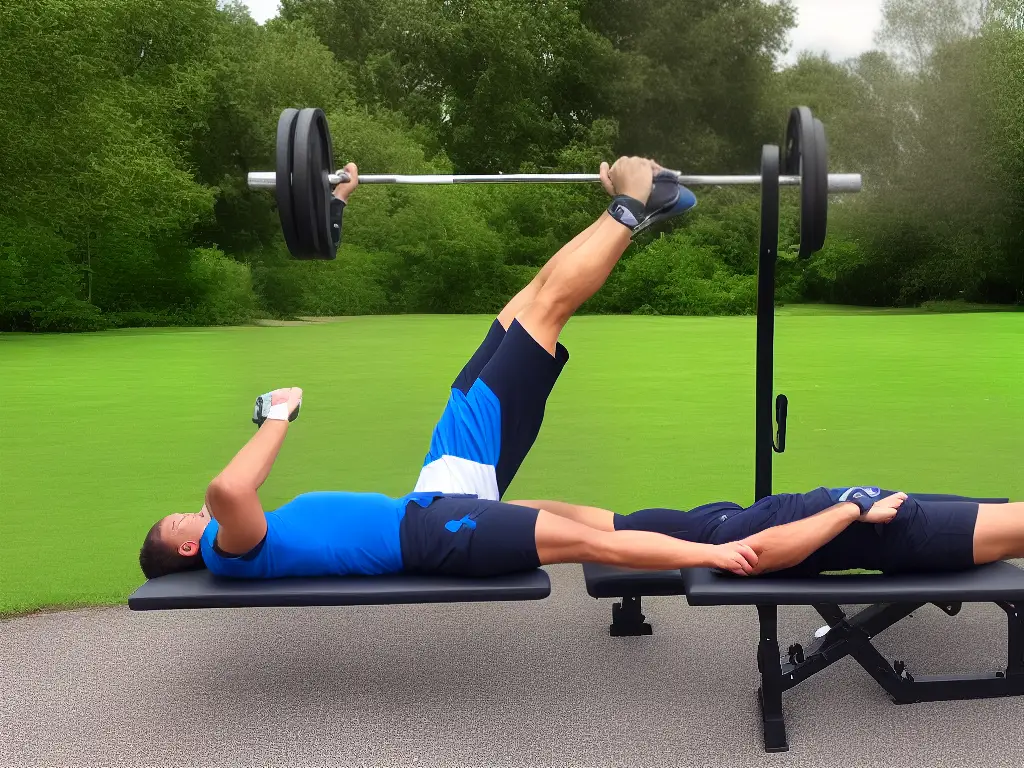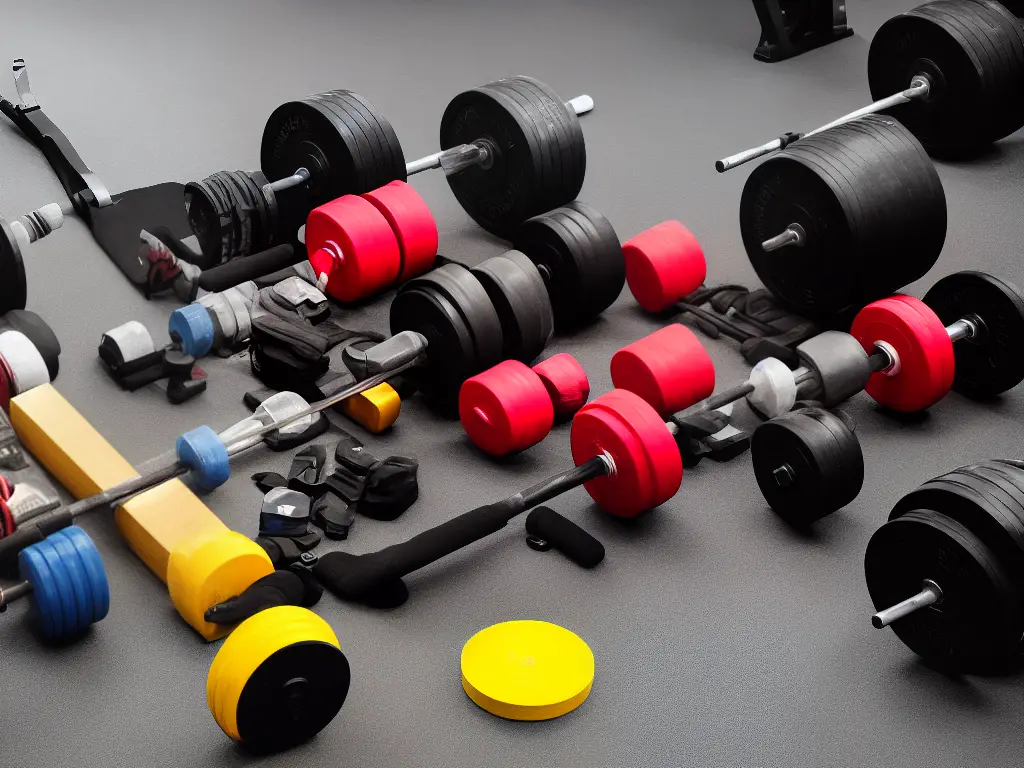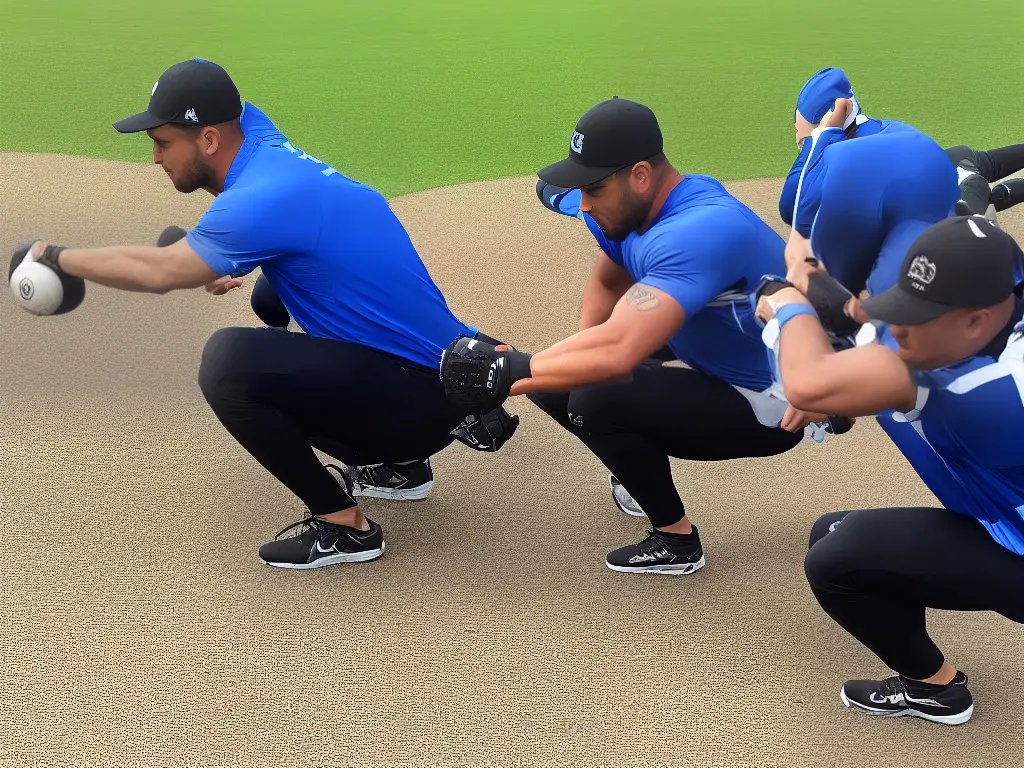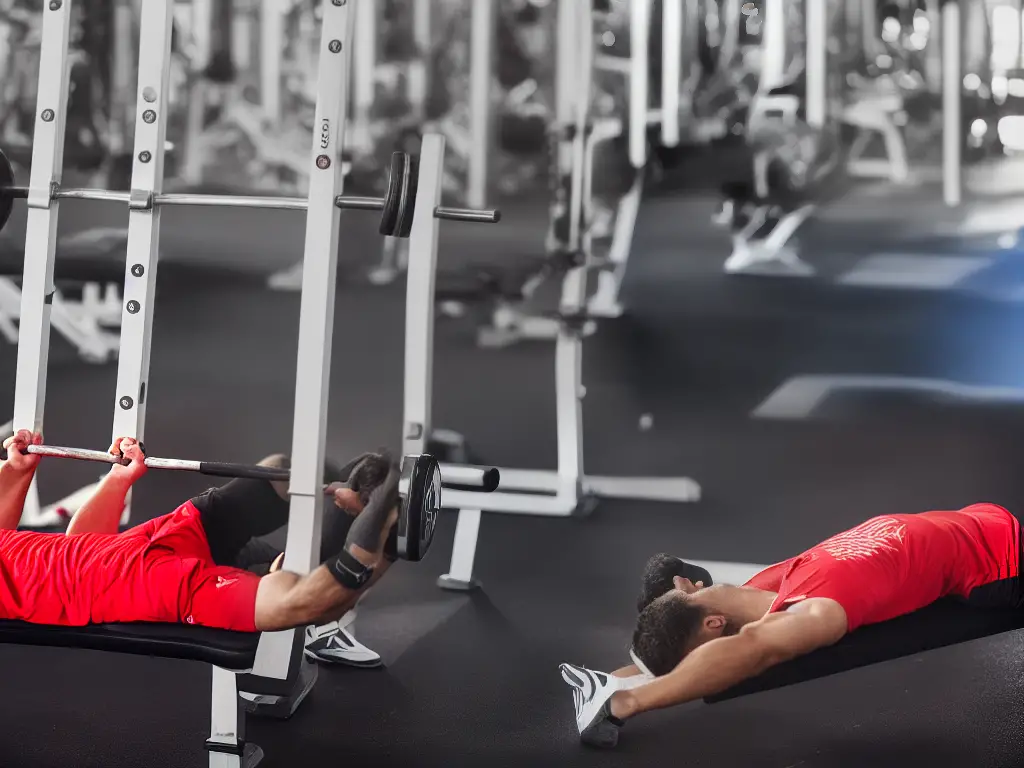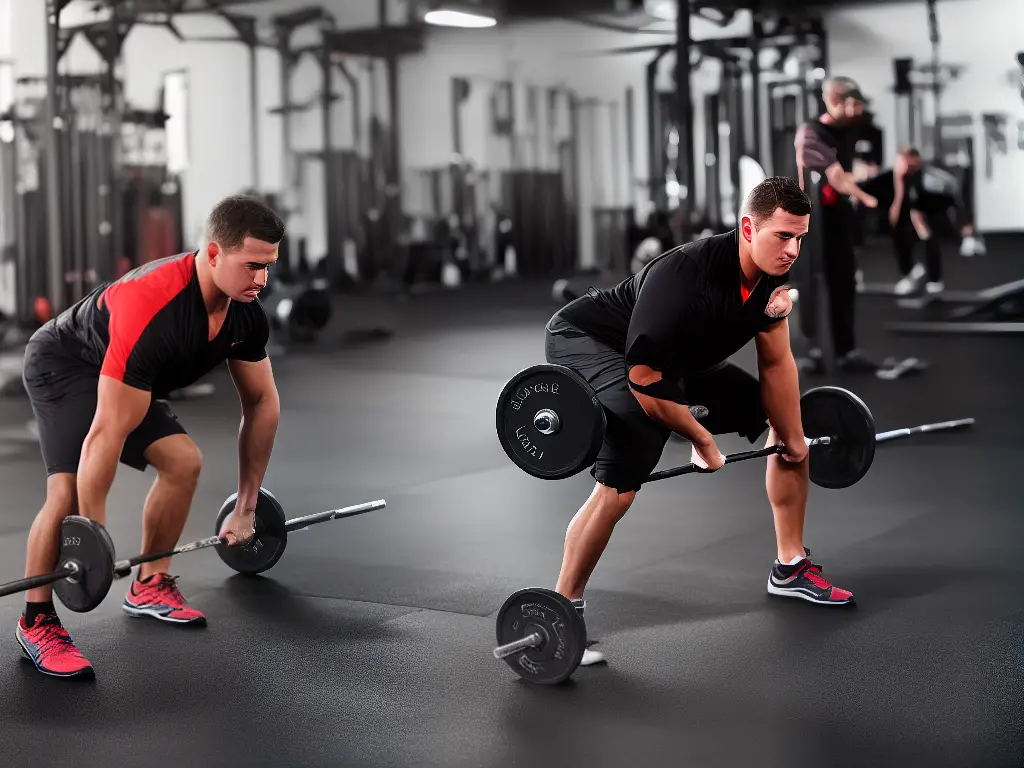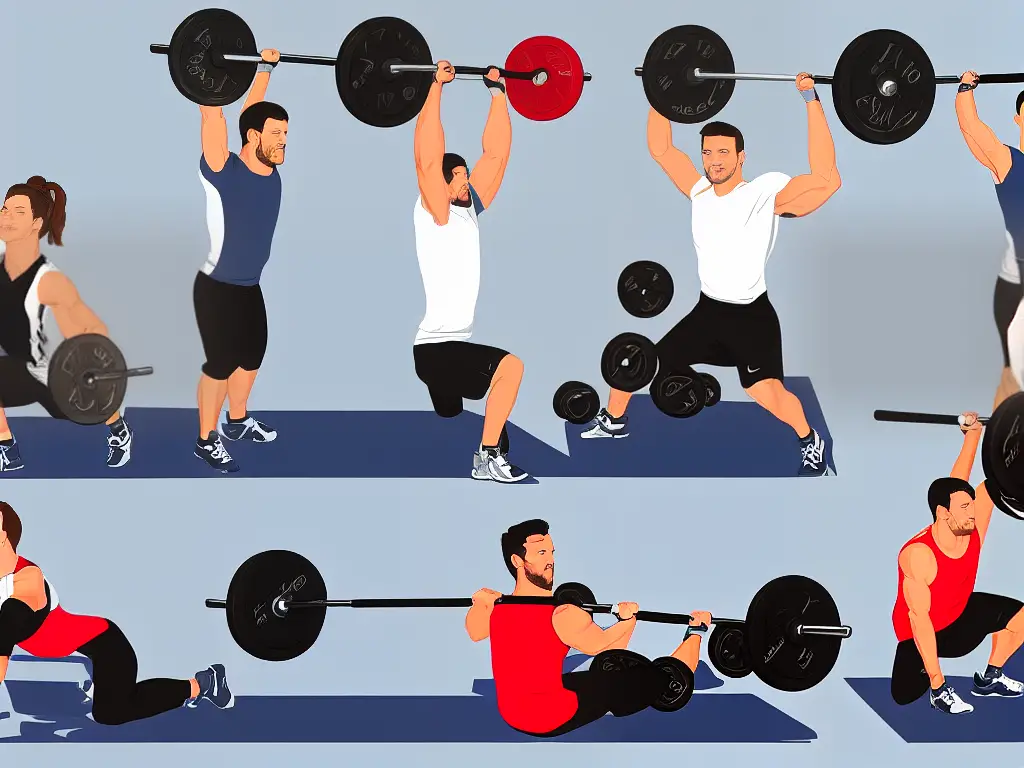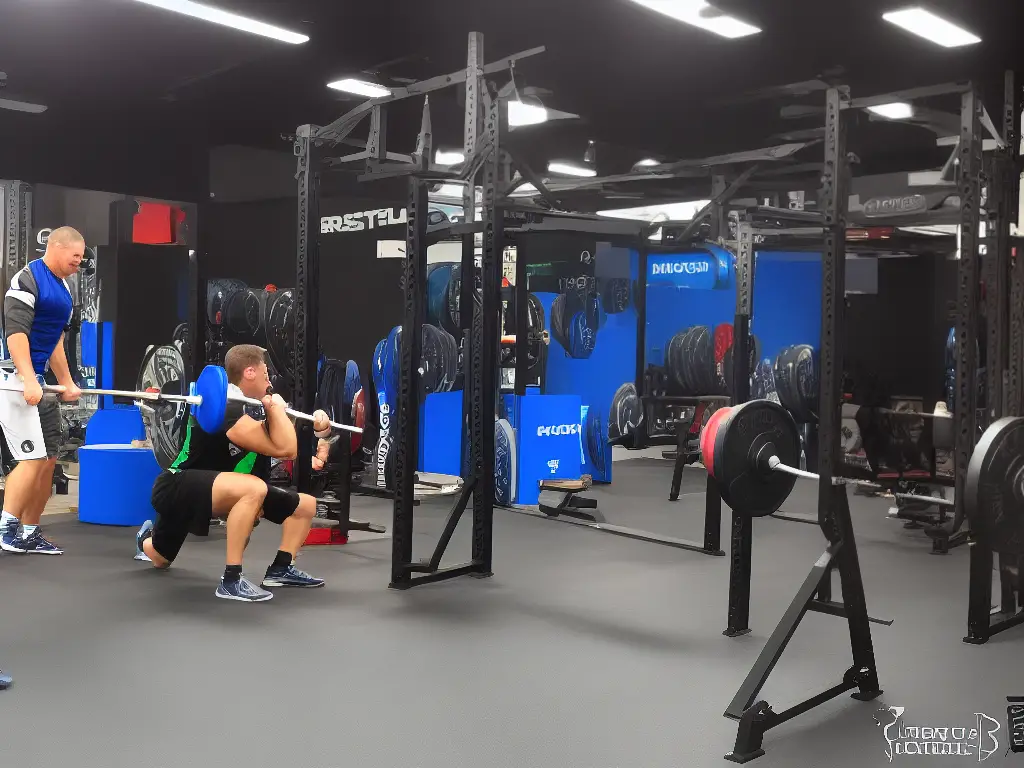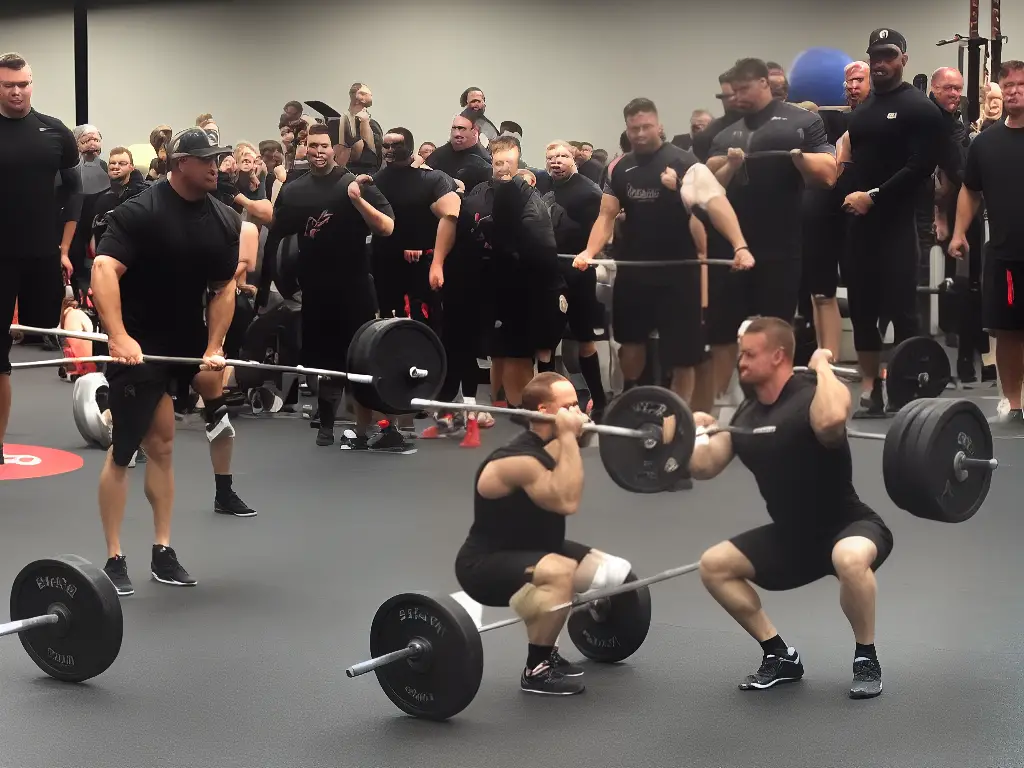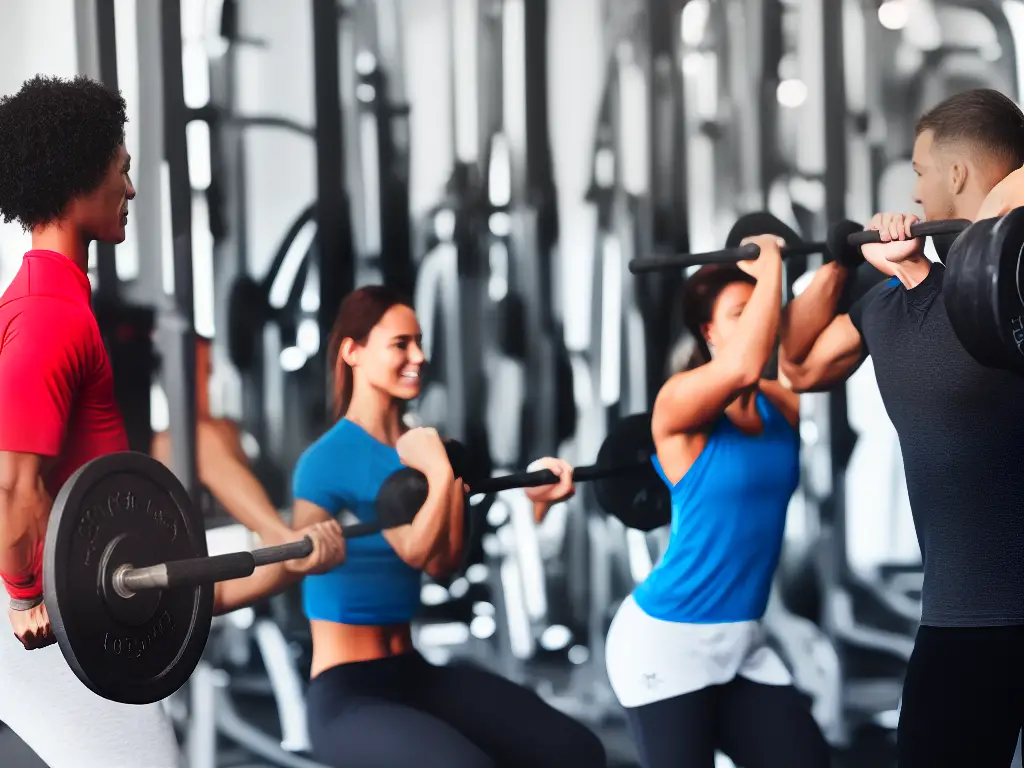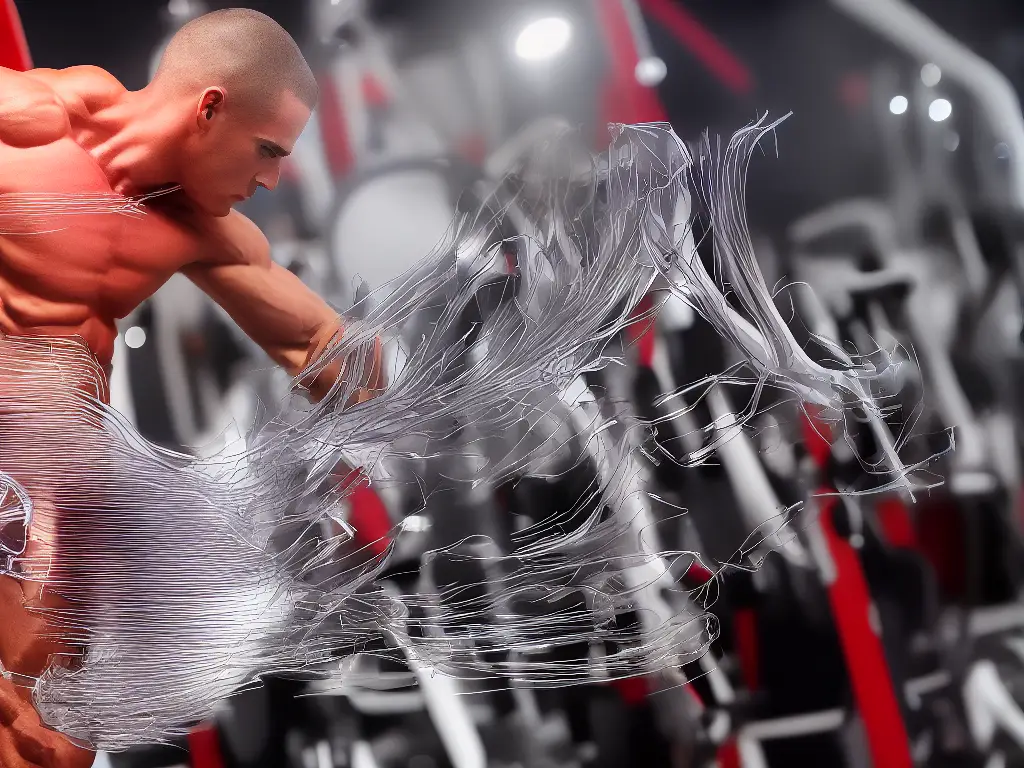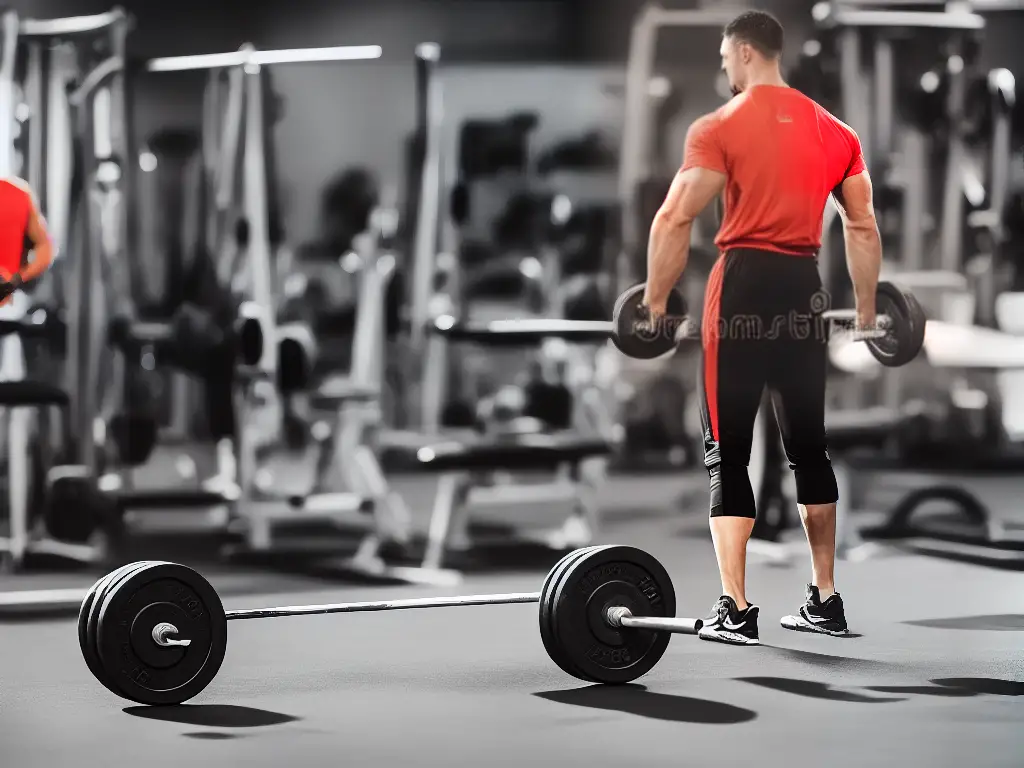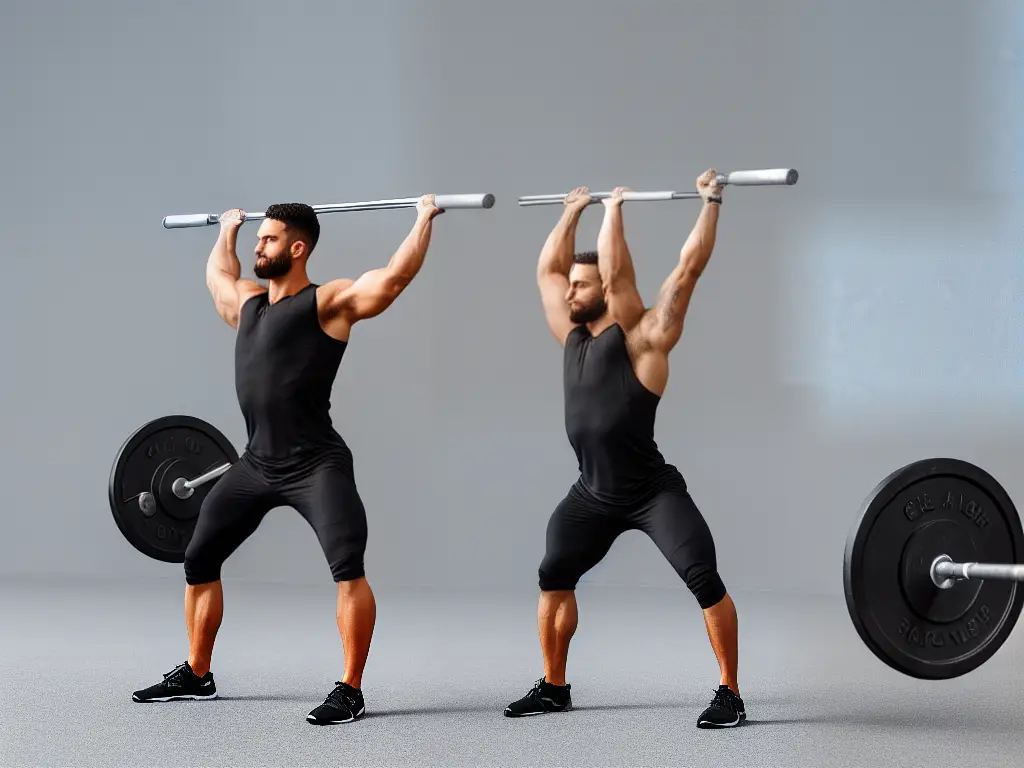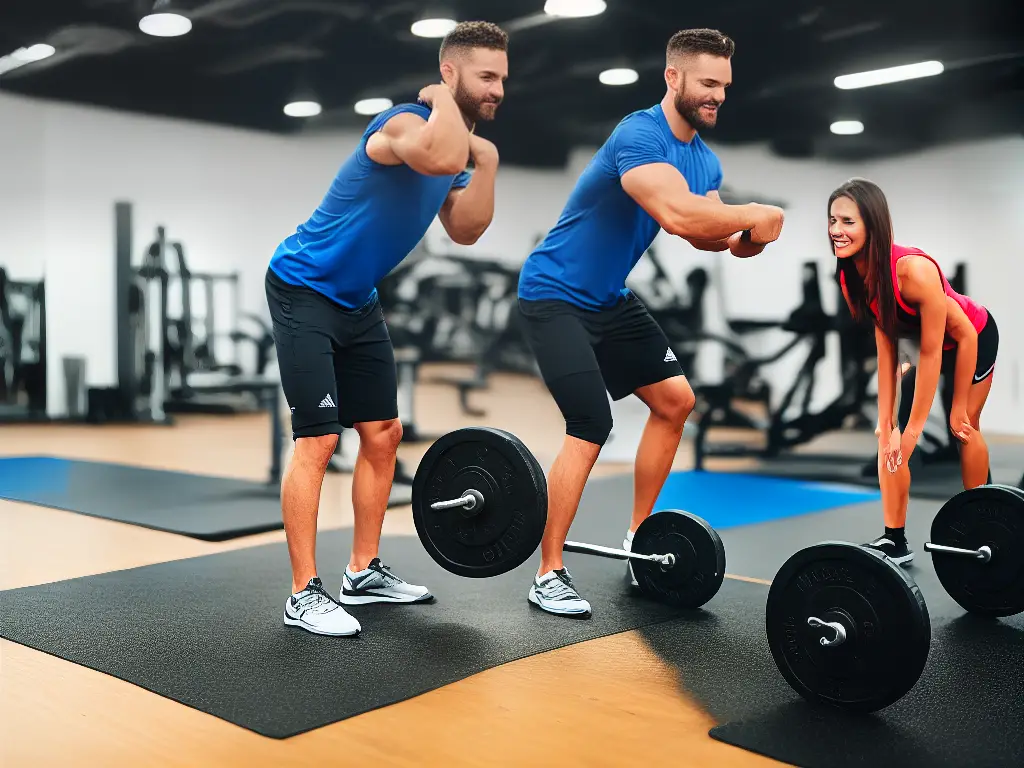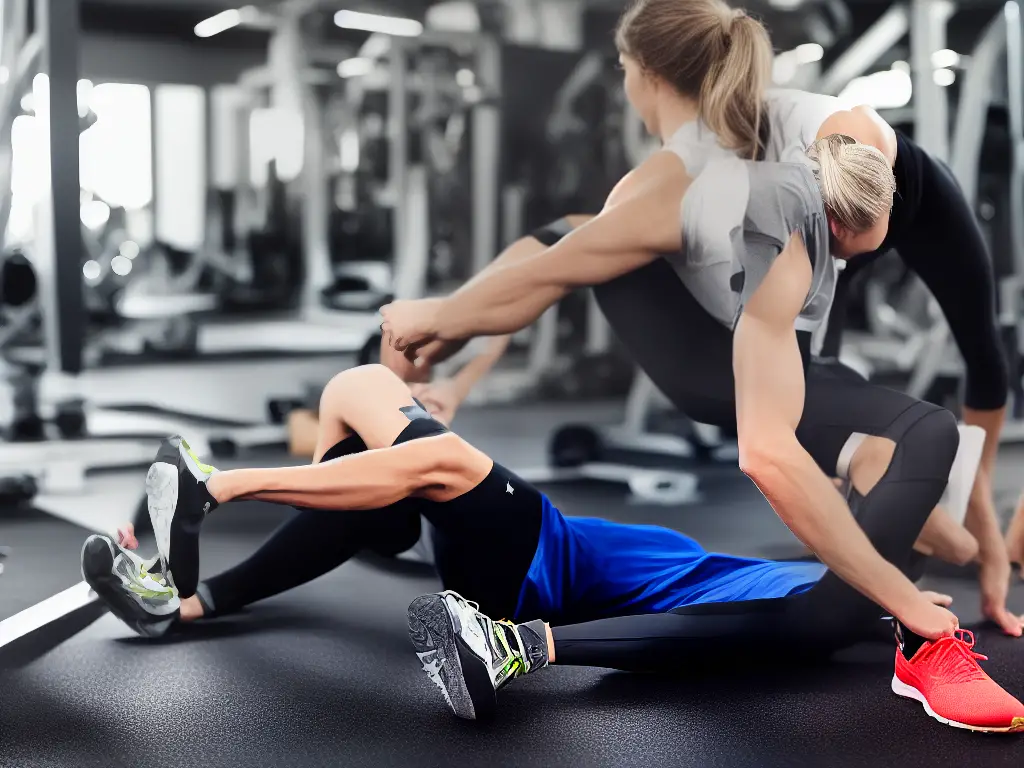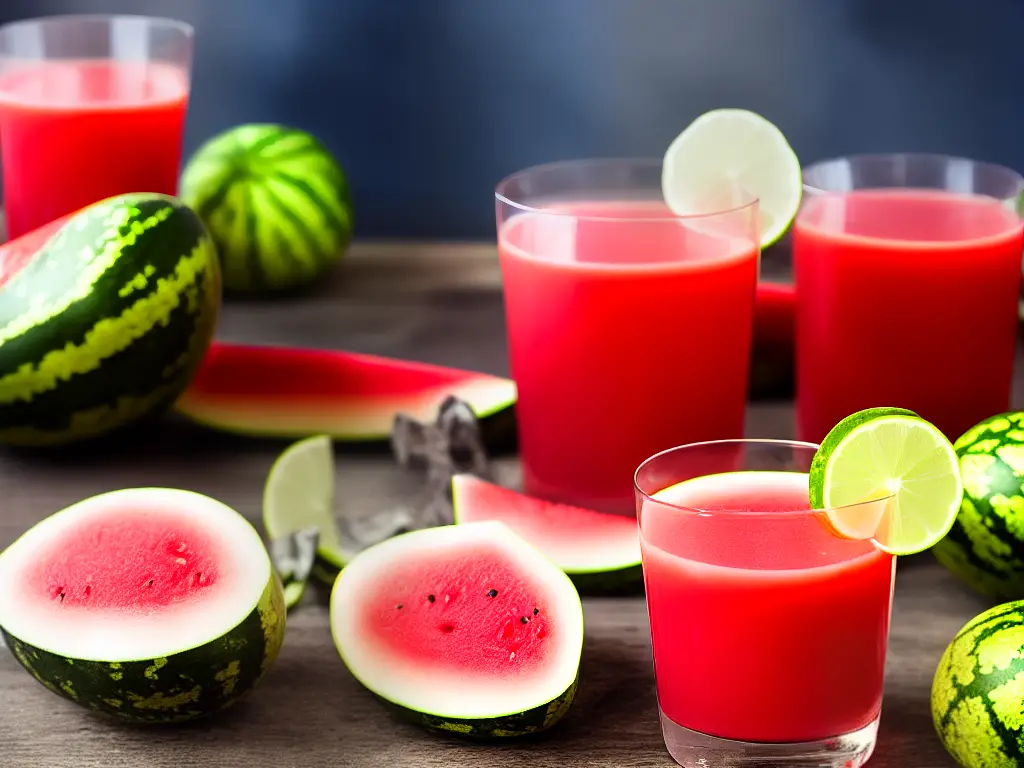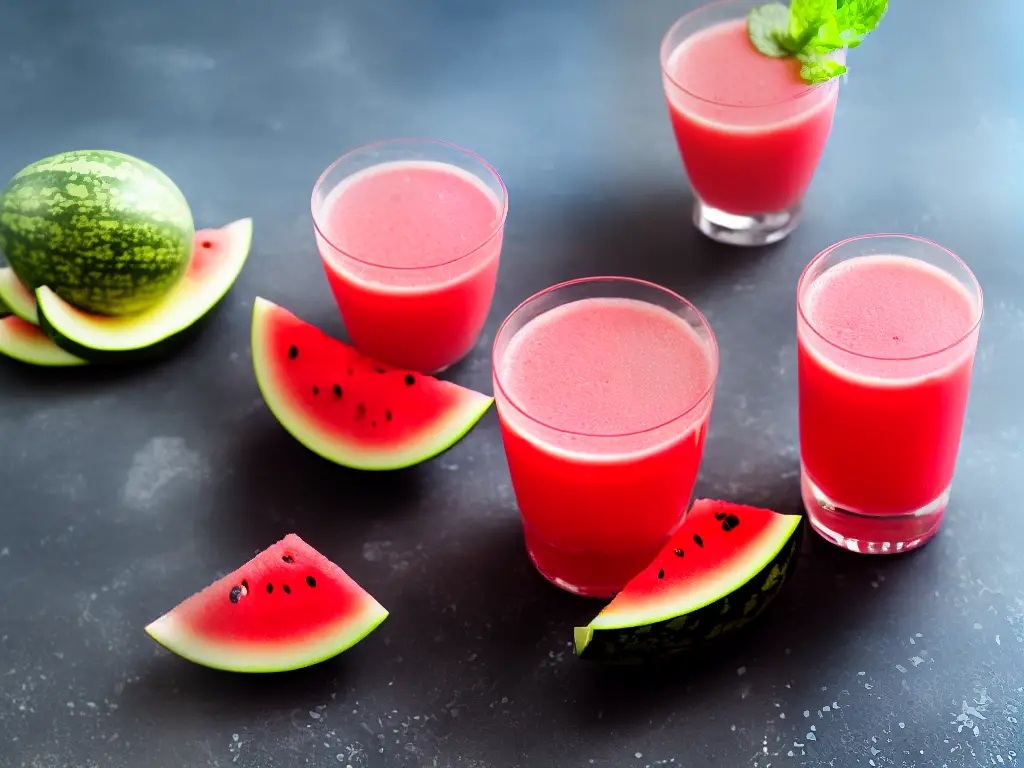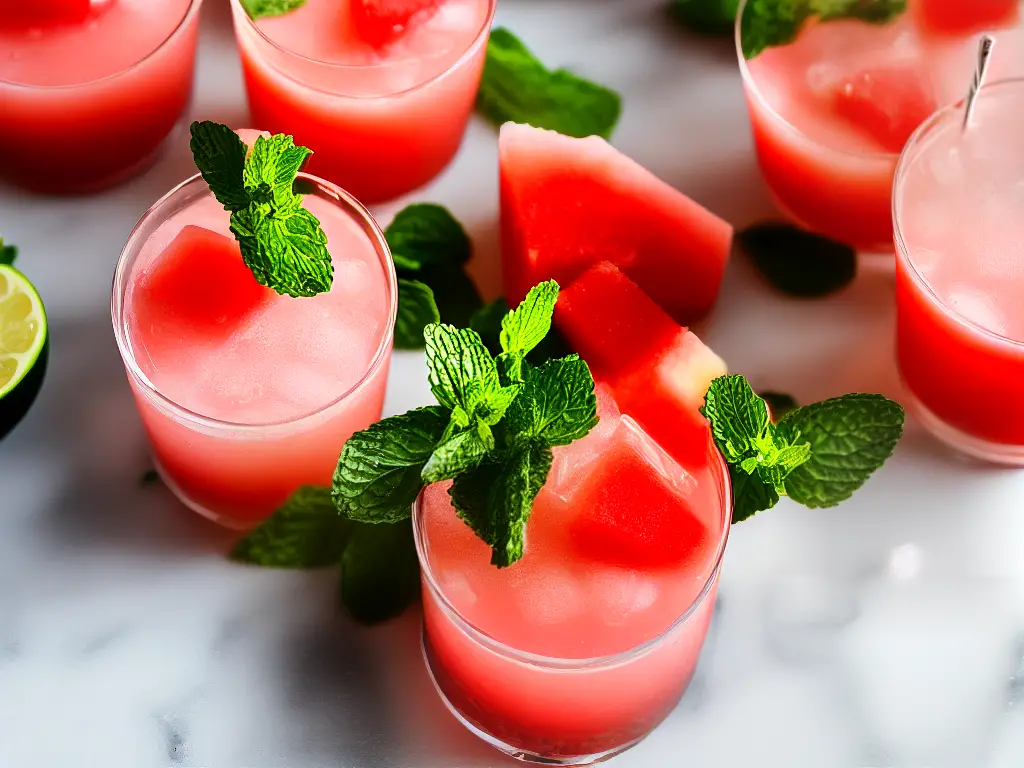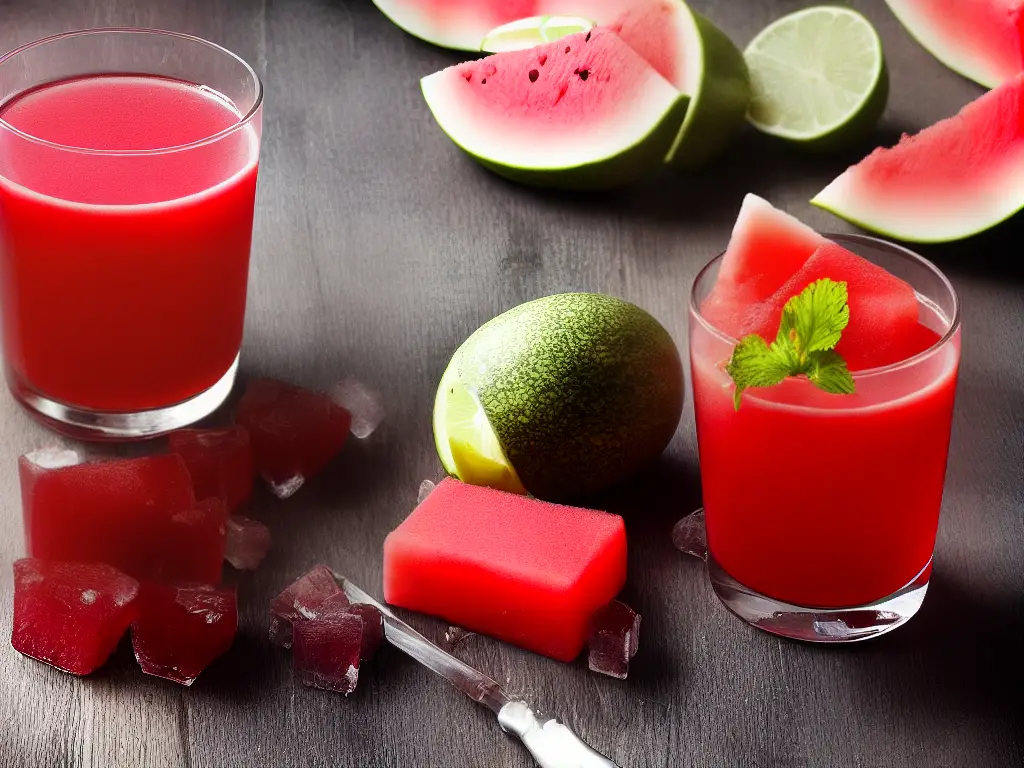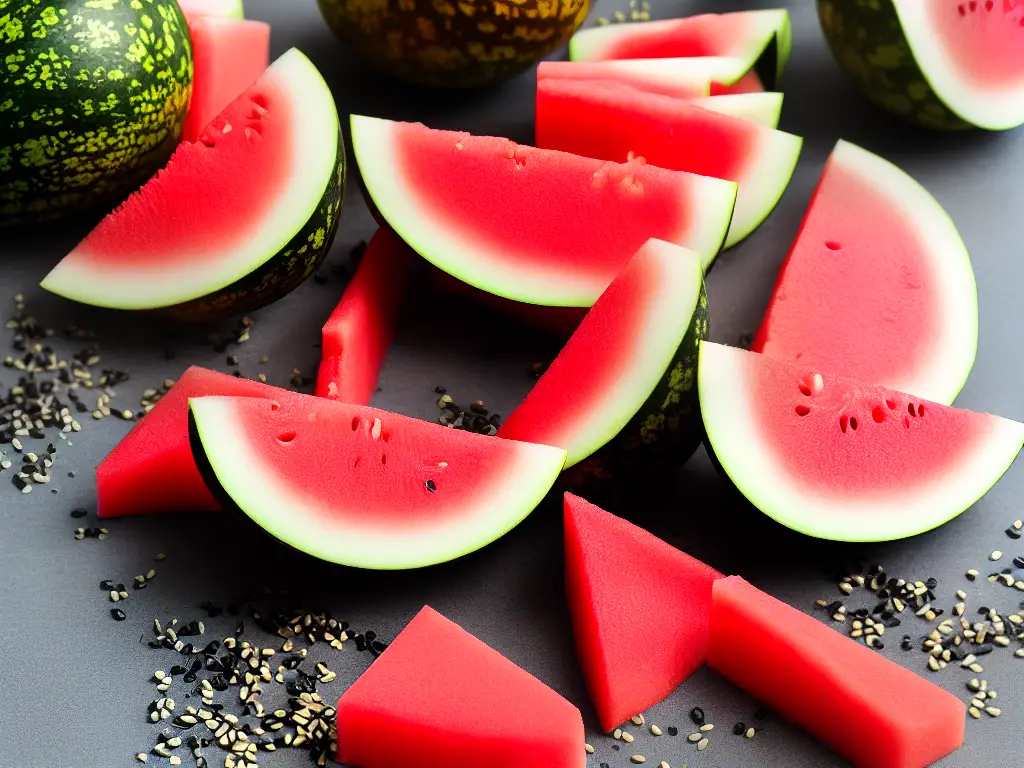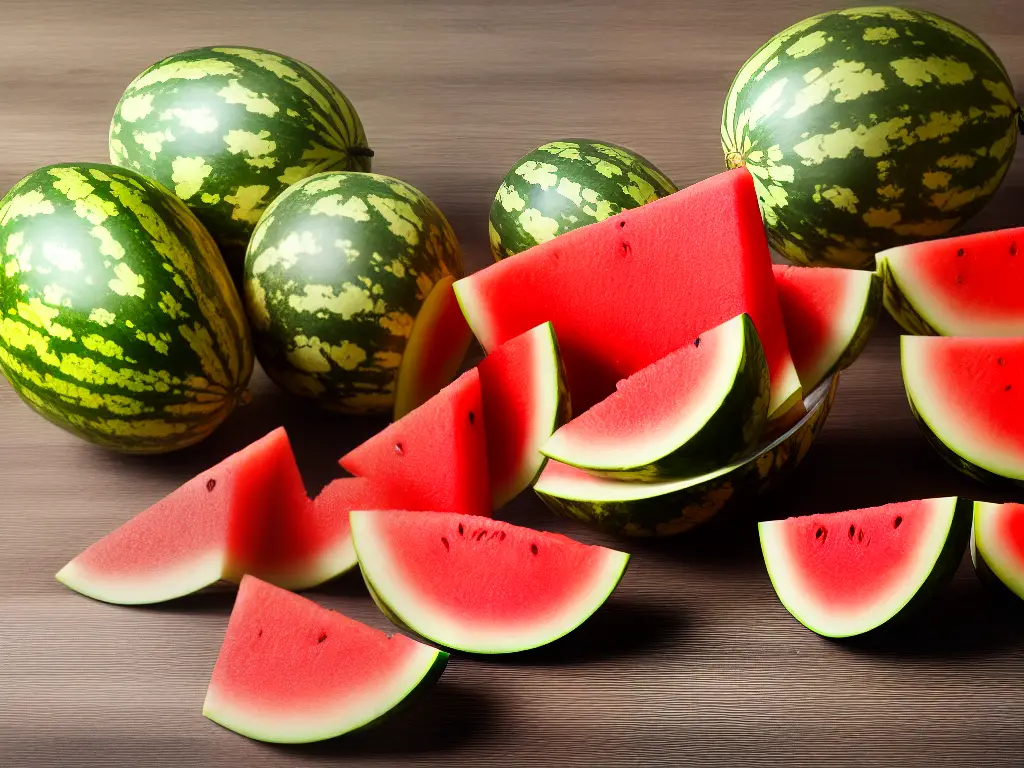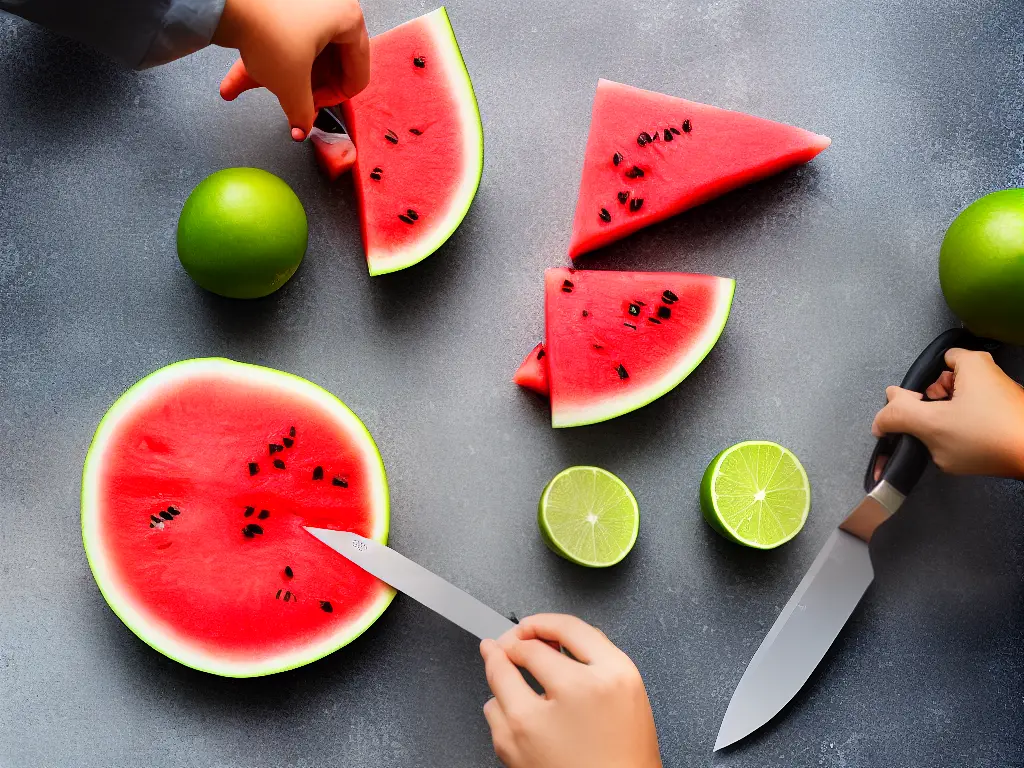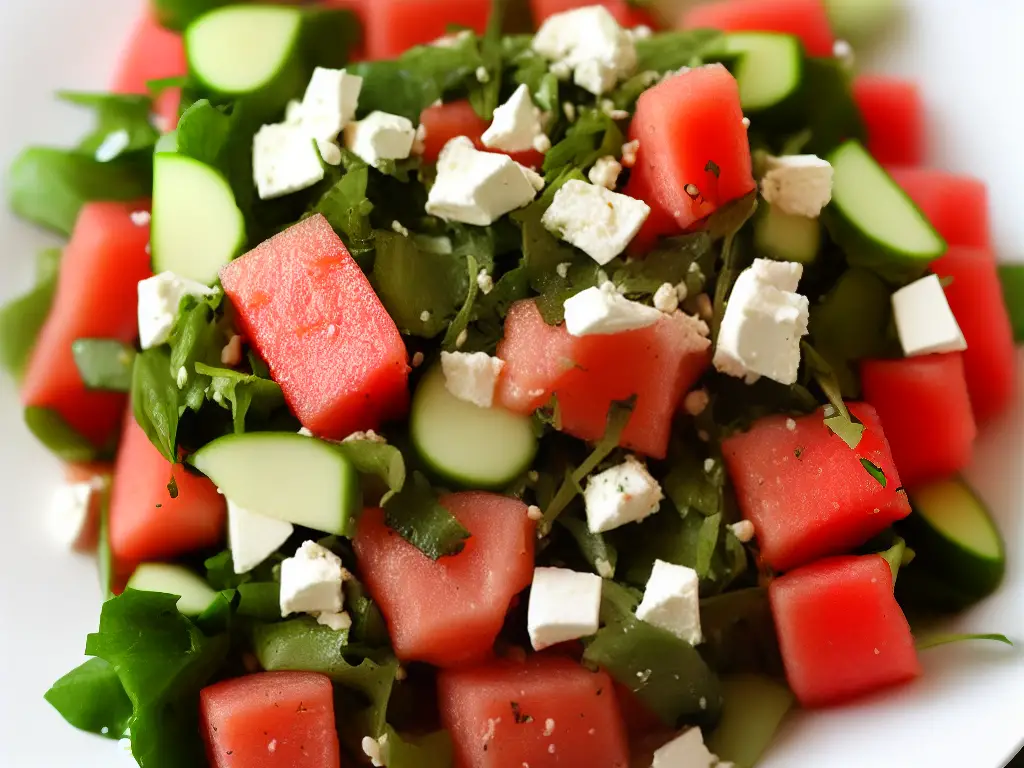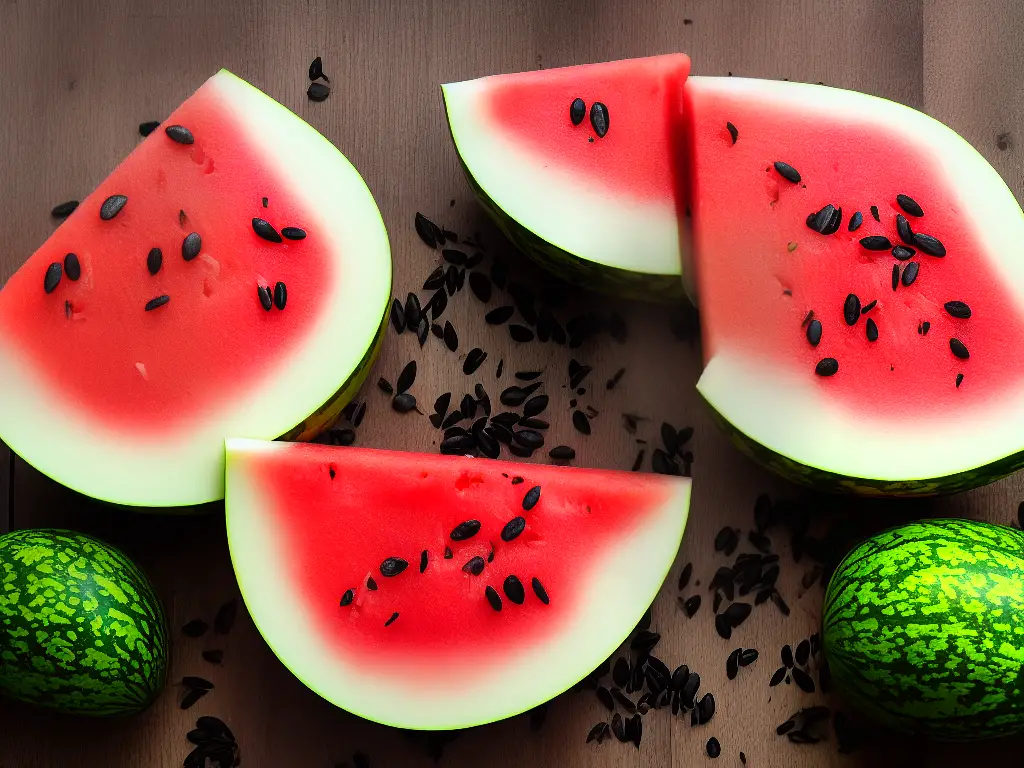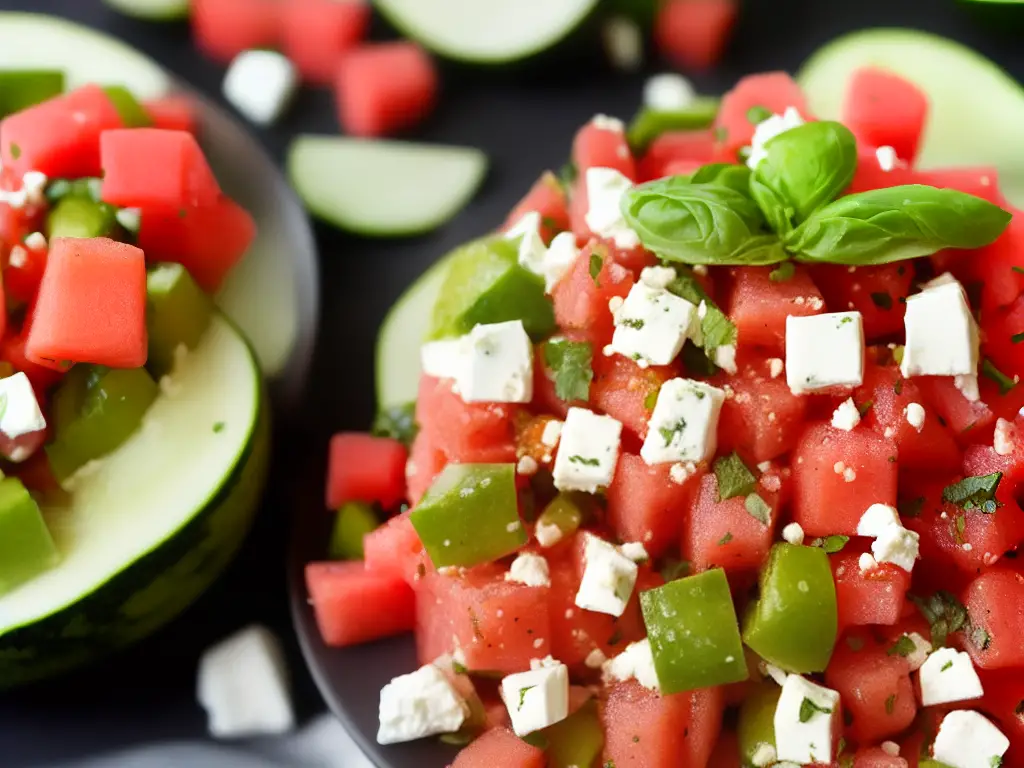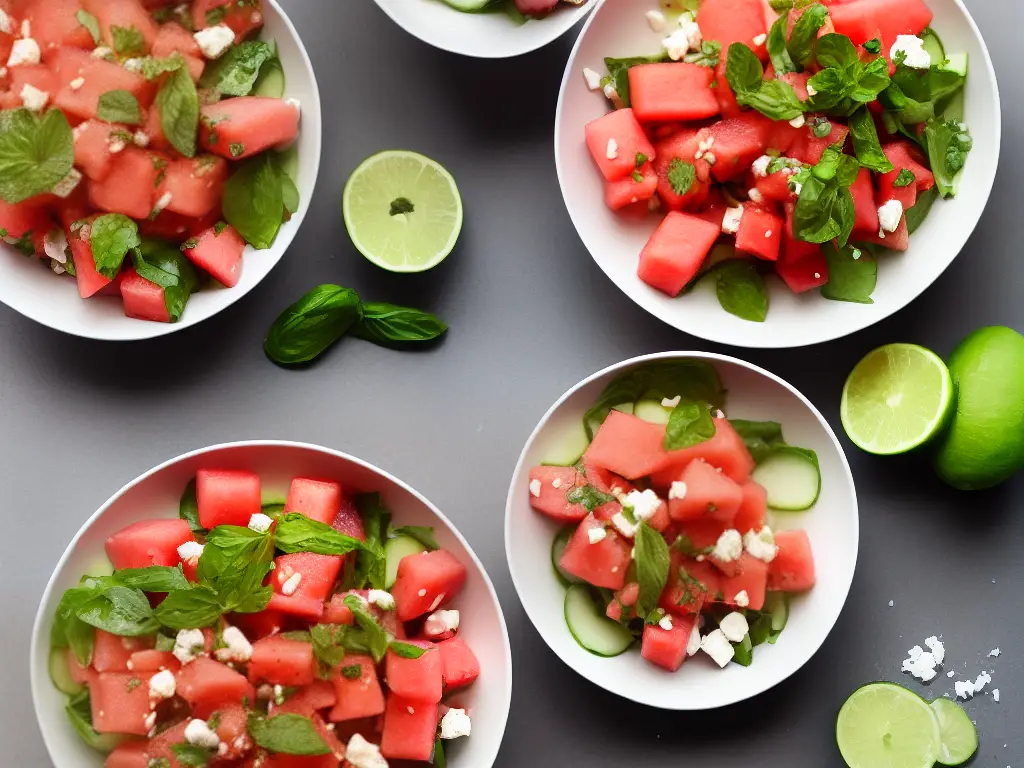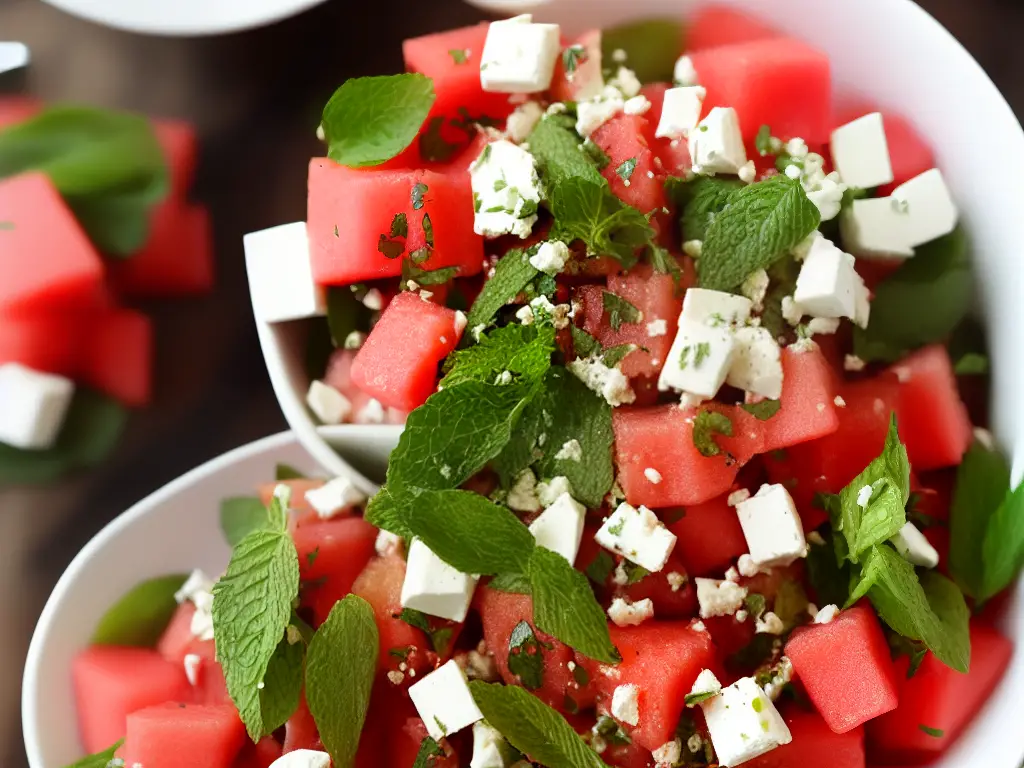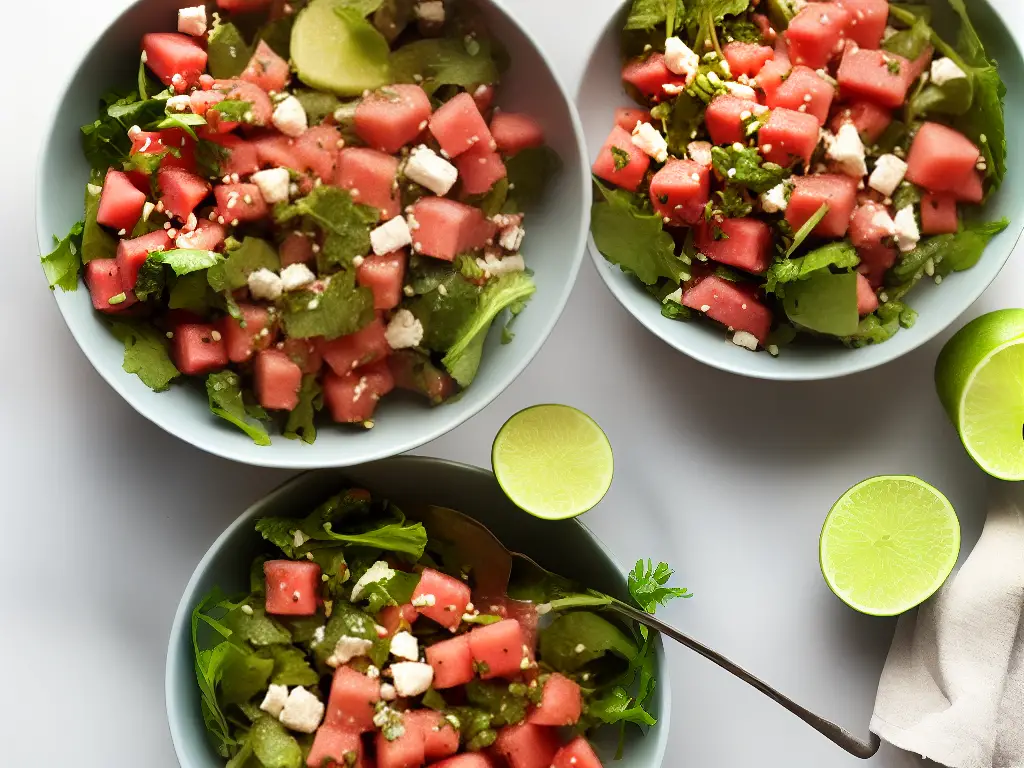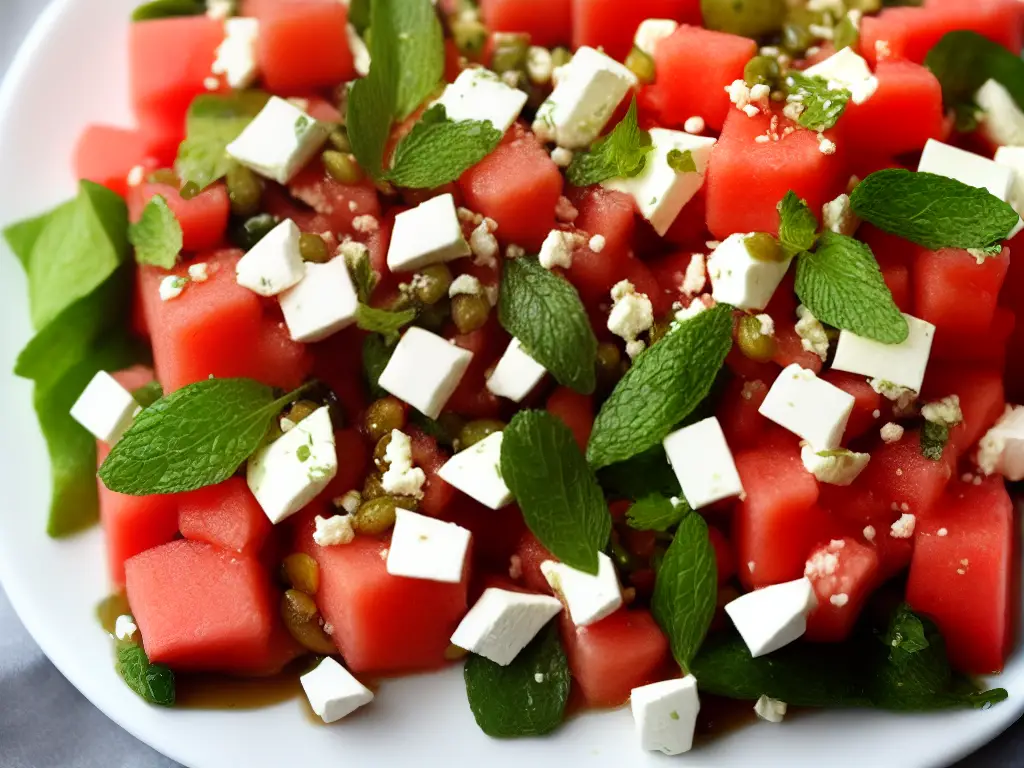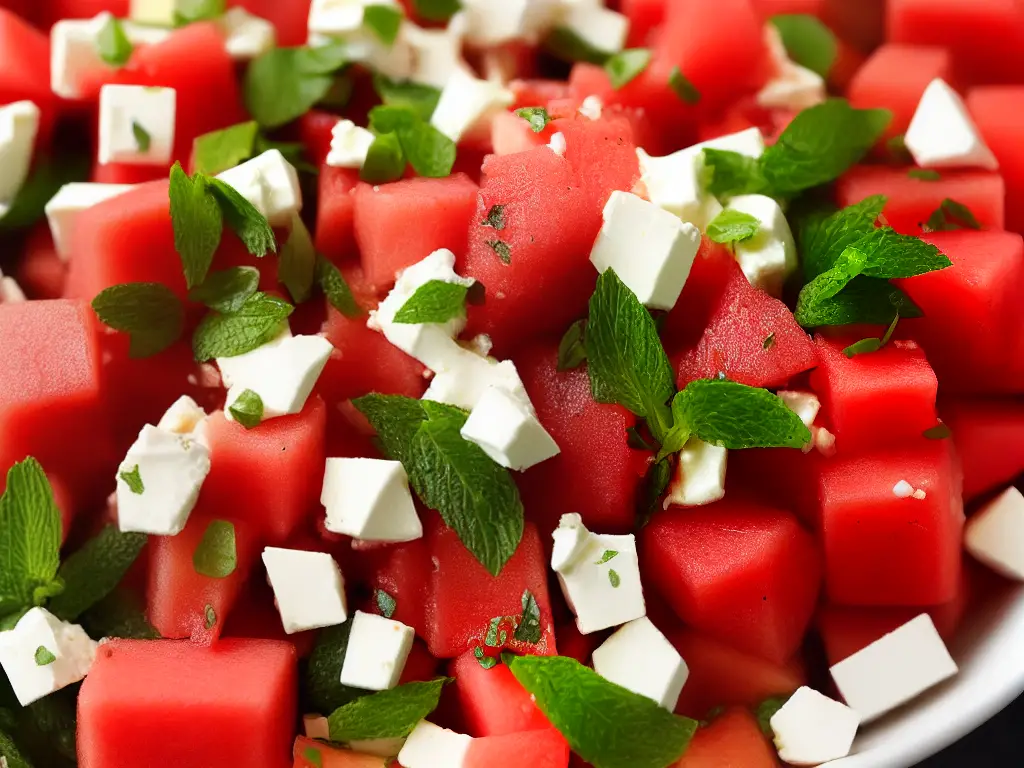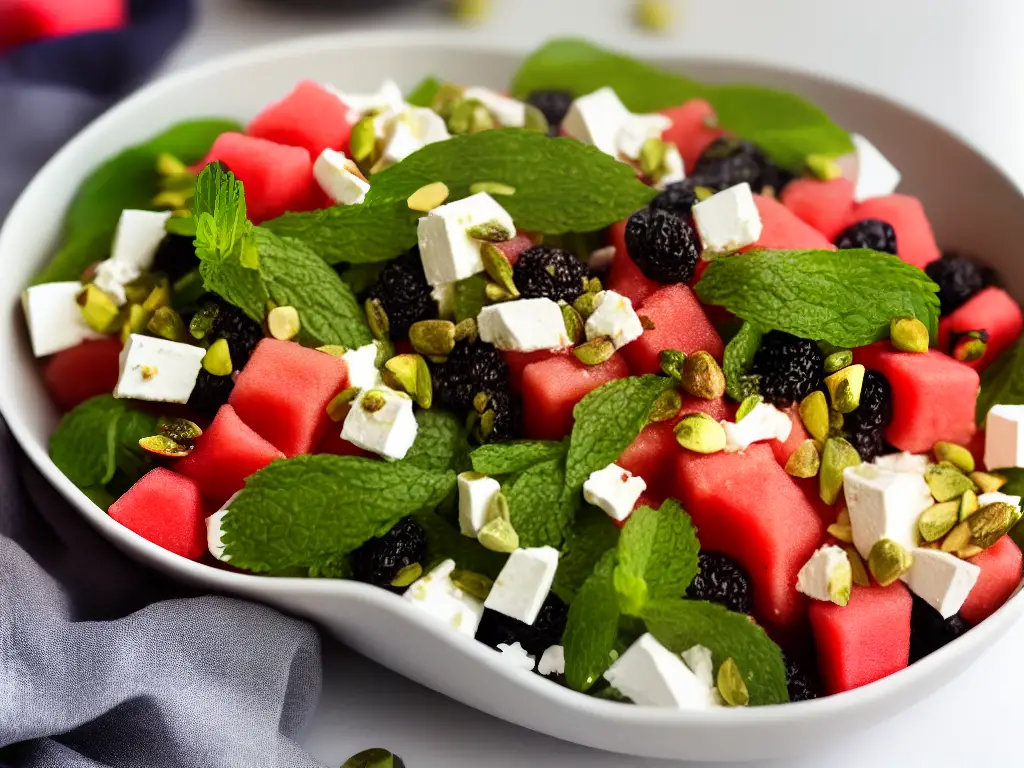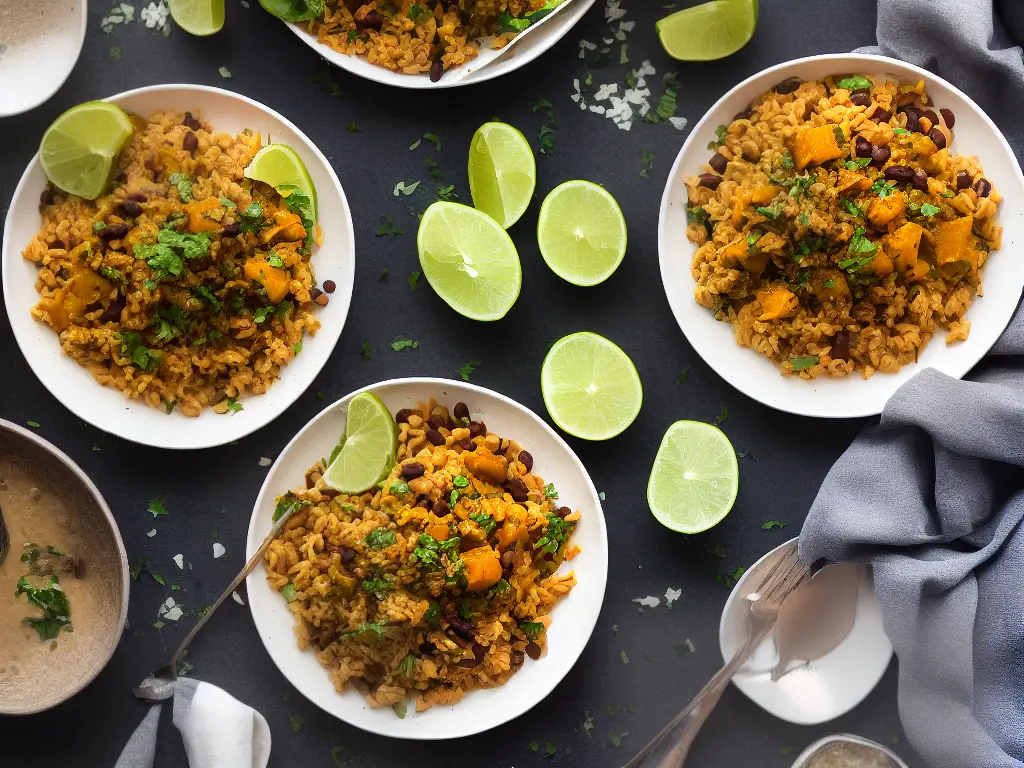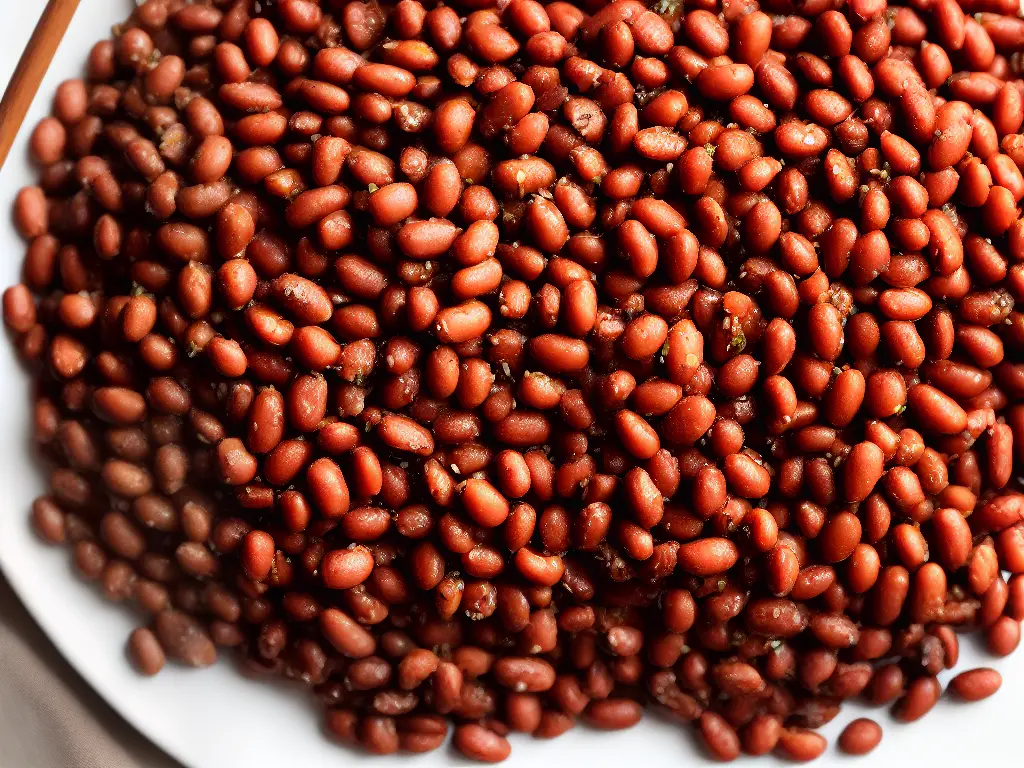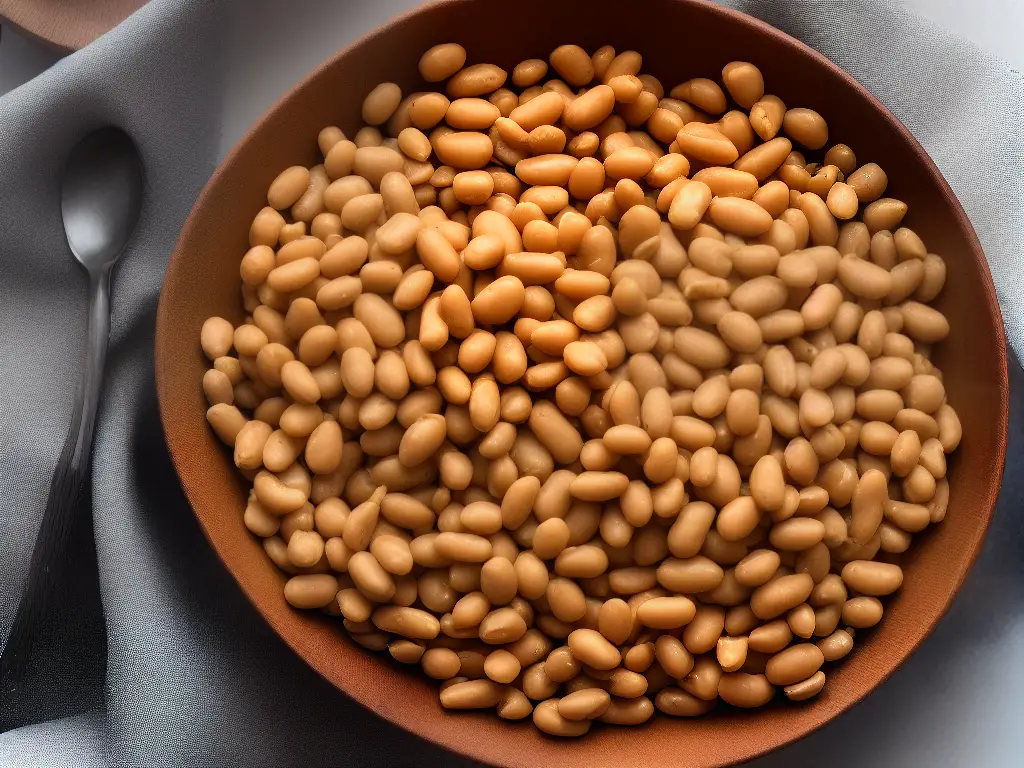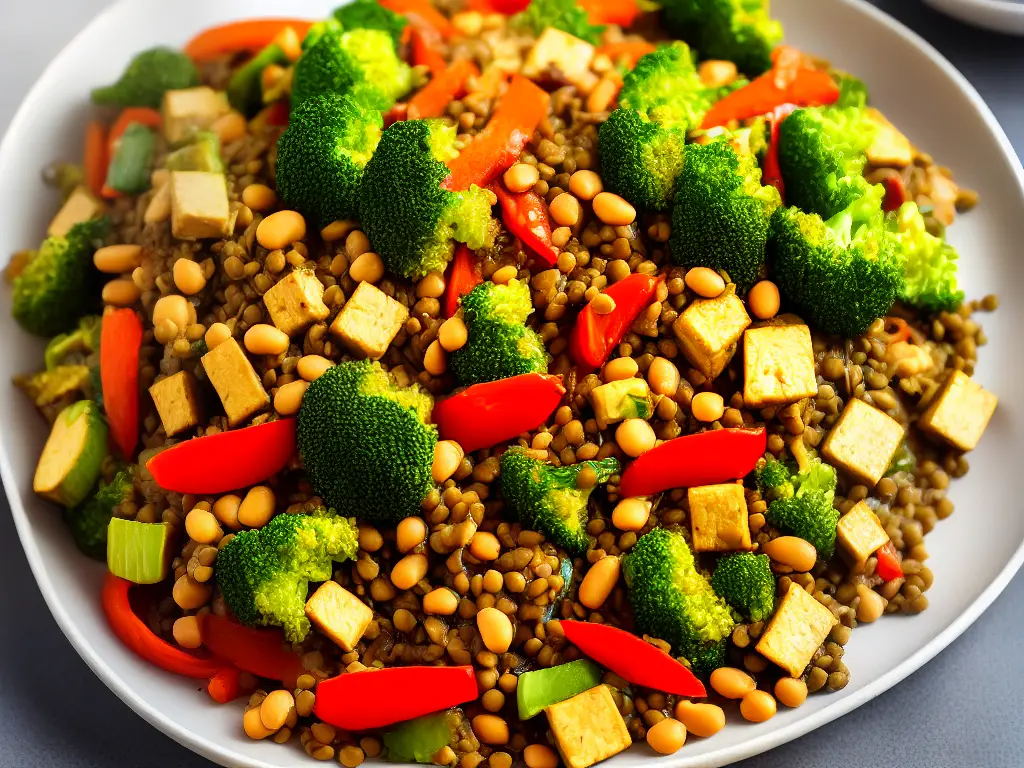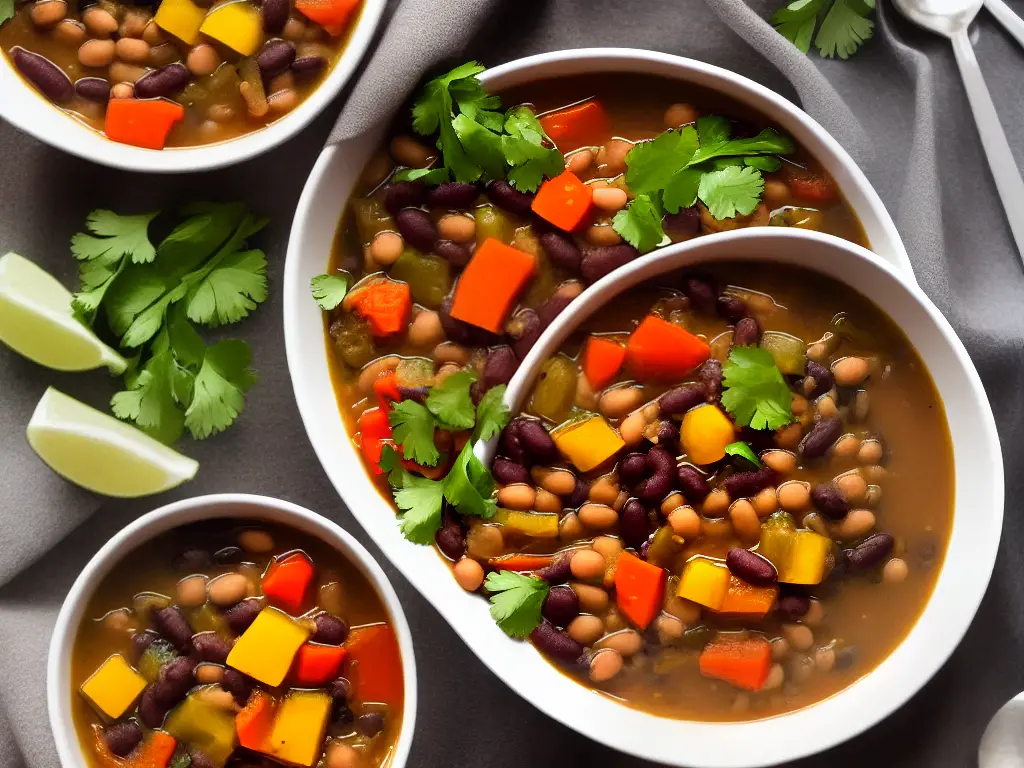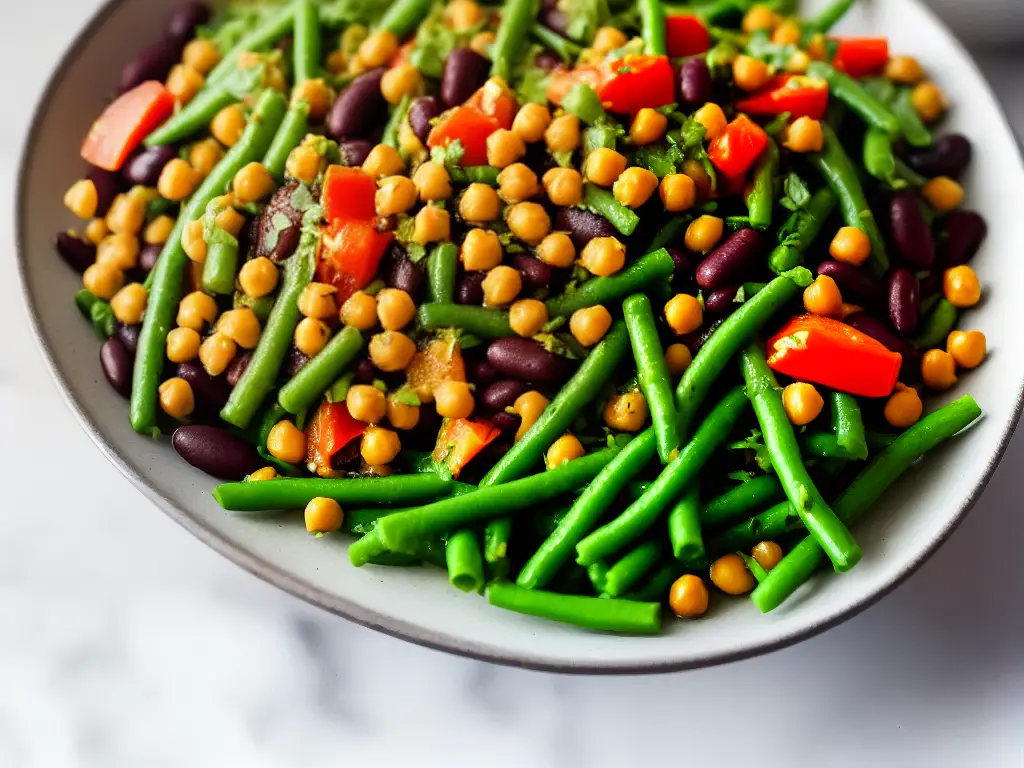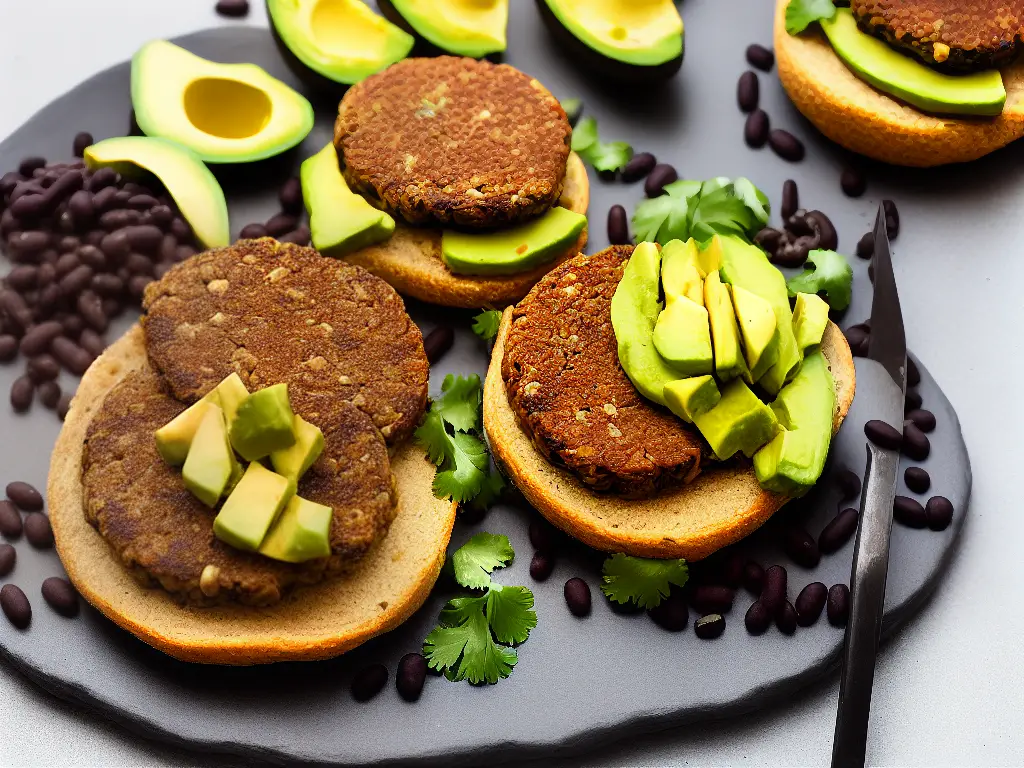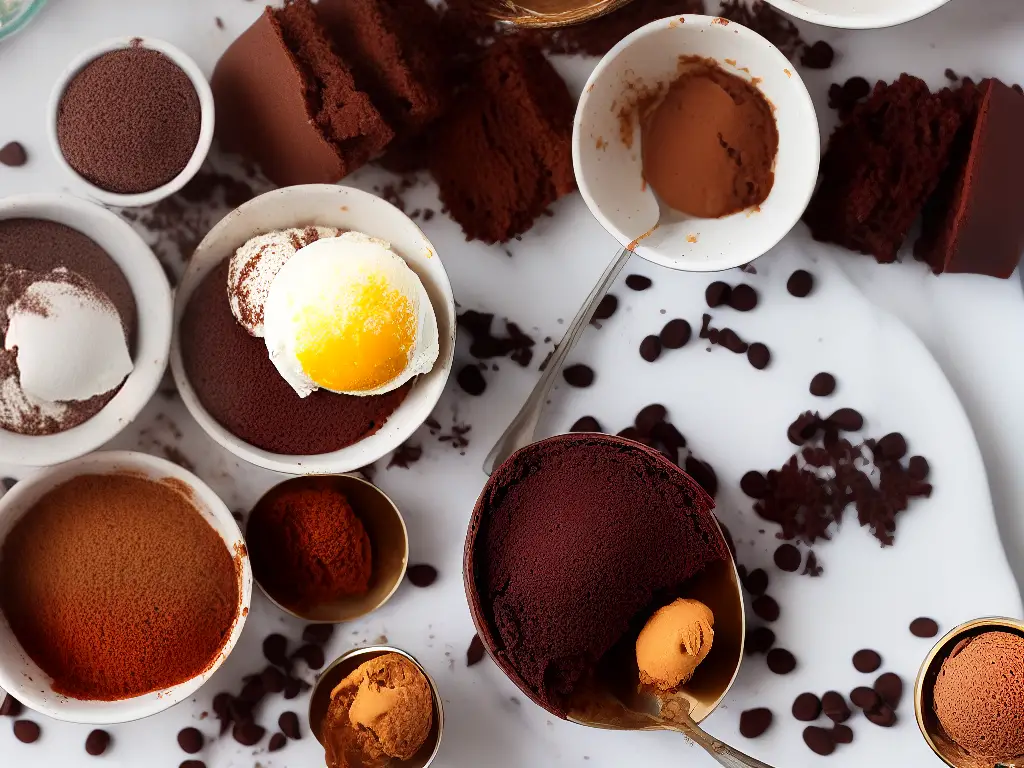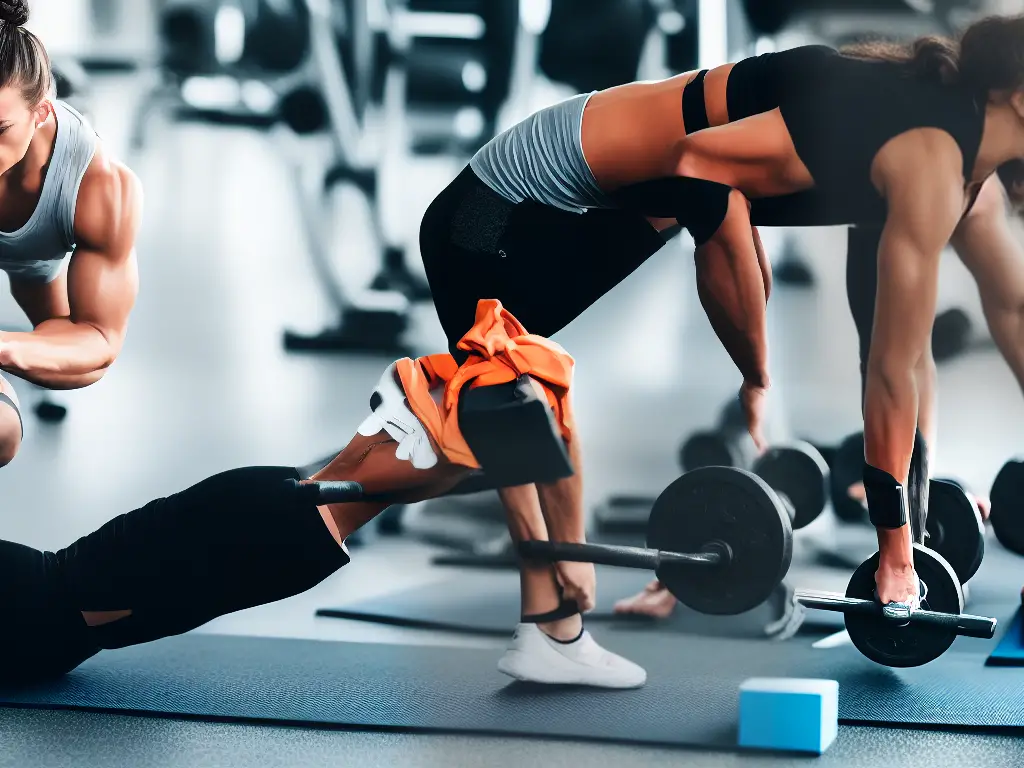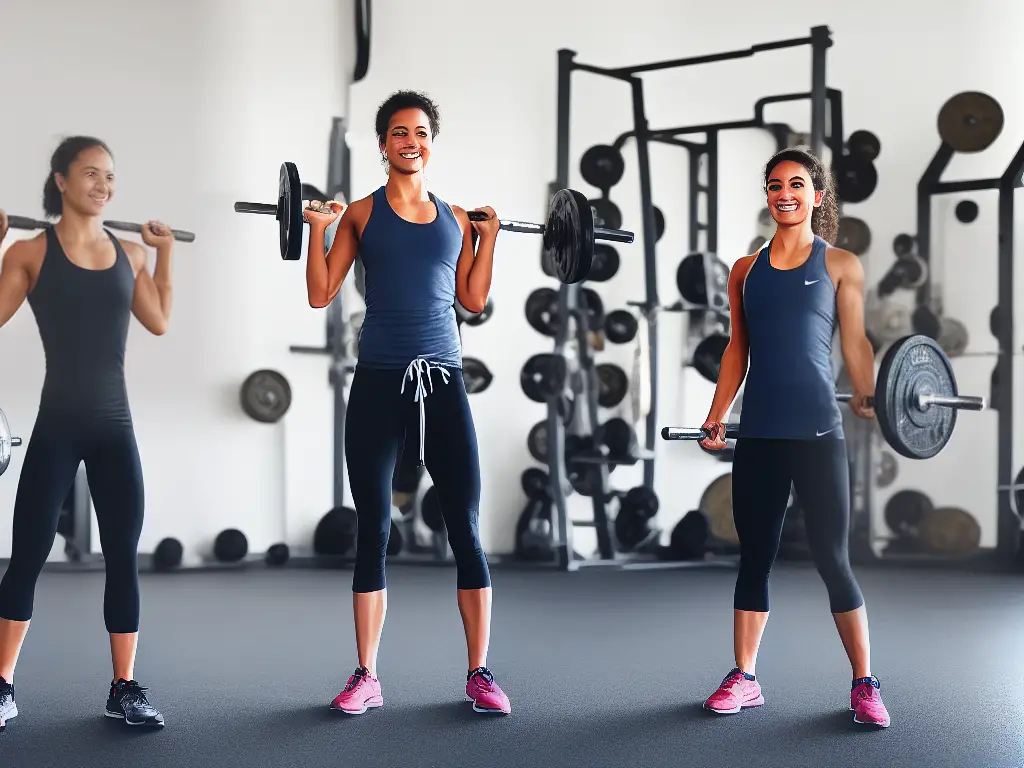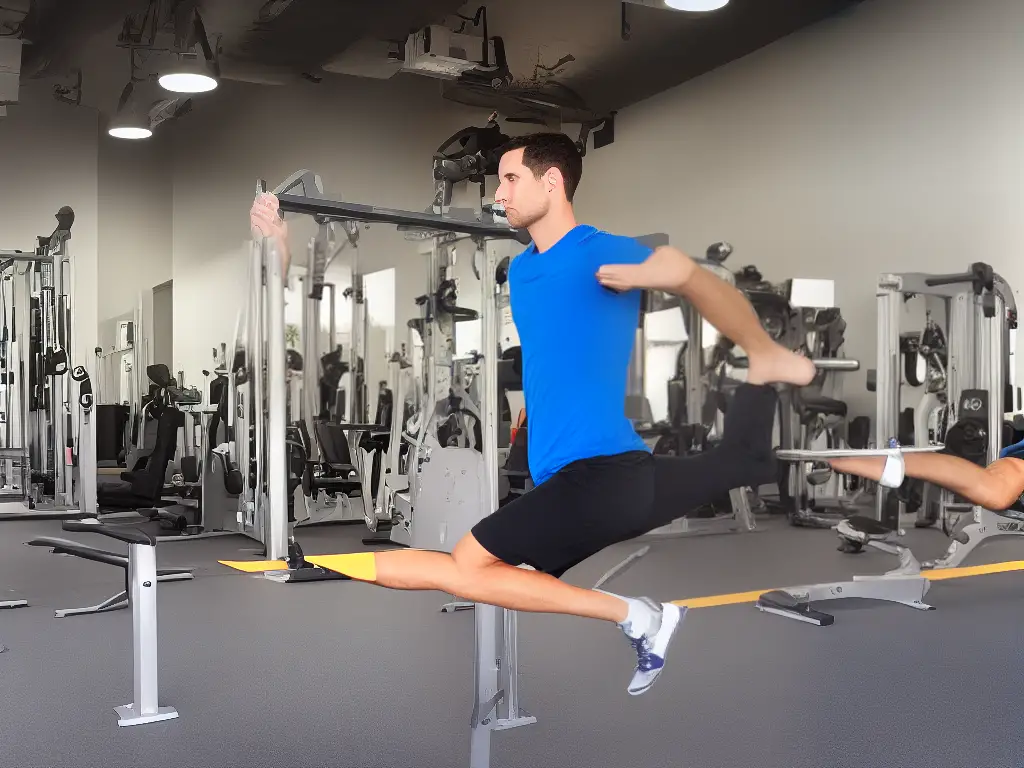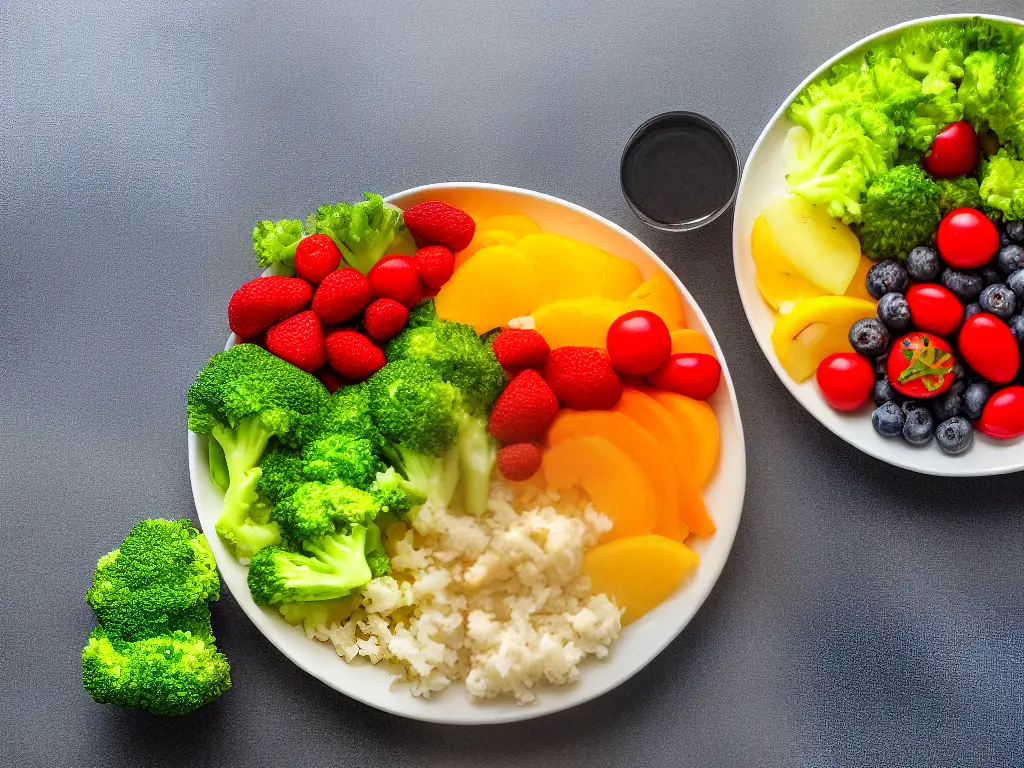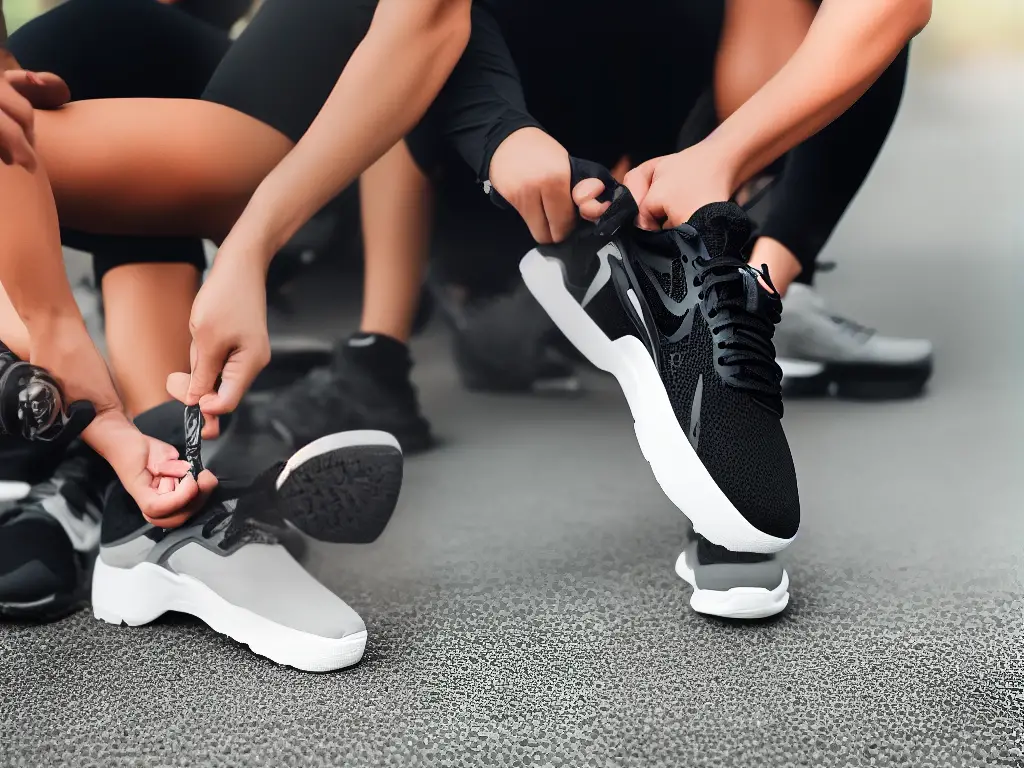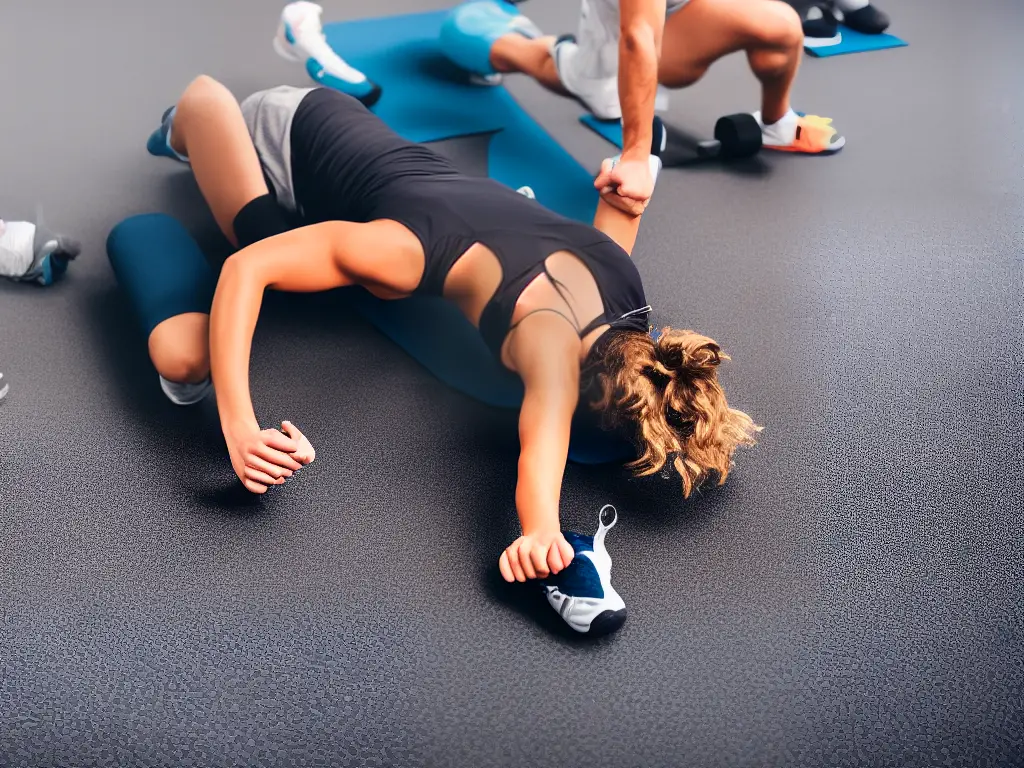Tofu, a versatile and nutritious food made from soybeans, has been a staple in many cultures for centuries. Its rich history, various types, and numerous health benefits make it an important component of a well-balanced diet. Delve into the fascinating world of tofu and discover its role in global cuisine, learn how to prepare and cook it to perfection, and explore the environmental impact and sustainability of this remarkable protein source.
History of Tofu
Tofu, also known as bean curd, is believed to have originated in China over 2,000 years ago. The earliest recorded mention of tofu is found in the Han dynasty, where it was referred to as “doufu.” Ancient Chinese texts written during the Han dynasty mention tofu being produced by curdling fresh soy milk, although the exact origins of the process remain unclear. Some theories suggest that tofu-making techniques were accidentally discovered when a cook added nigari, a seawater-derived natural coagulant, to a pot of soy milk.
Tofu spread from China to other regions, such as Korea and Japan, between the eighth and tenth centuries. In Korea, tofu is believed to have arrived during the Koryo Dynasty, around the same time Buddhism began to spread. Similarly, around the eighth century, tofu was introduced to Japan by Chinese Buddhist monks, becoming widely consumed among the Japanese population by the 10th century. In the period of the Kamakura Shogunate, Japanese Zen monks further popularized tofu consumption as part of their vegetarian lifestyle.
In the 18th century, tofu’s popularity continued to grow, spreading to Southeast Asian countries, like Vietnam and Indonesia, due to increased Chinese immigrant communities in these regions. Tofu became a staple food in their respective cuisines and can still be found in various traditional dishes today. For instance, Indonesia’s tahu goreng (fried tofu), and Vietnam’s dau sot ca (tofu and tomato sauce), are both beloved dishes in their home countries.
During the late 19th and early 20th centuries, tofu made its way to the Americas as Chinese and Japanese immigrants arrived in the United States. Tofu production first started in the United States at a small scale in San Francisco, California, in 1878 by Wo Sing & Co., to serve the Chinese immigrant communities. However, it wasn’t until the 1960s and 1970s that tofu began to gain broader recognition in the United States, in large part due to the growing interest in vegetarianism, along with a new focus on plant-based protein sources.
Tofu, a versatile and globally enjoyed food, is found in a wide variety of dishes ranging from stir-fries and salads to desserts and smoothies. Over time, it has adapted to different culinary preferences and dietary needs, with various types of tofu, such as silken, firm, and extra-firm, being produced. As the world continues to explore and embrace plant-based alternatives to meat and dairy products, tofu remains an important and beloved protein source for people of diverse cultures and lifestyles.

Tofu Production Process
Also known as bean curd, tofu is a popular plant-based protein derived from soybeans. To create this nutritious food, high-quality non-GMO soybeans are selected, cleaned, and soaked in water for an extended period. This process ensures both a smooth texture and a rich taste that appeal to a wide range of food enthusiasts.
After the soybeans have been soaked and expanded, they are ground into a fine paste. This paste is then combined with water and boiled, allowing it to thicken and create a soymilk-like consistency. The boiling process also helps to deactivate enzymes present in the soybeans, resulting in a milder flavor and smoother texture.
Next, a coagulant is added to the soymilk, causing it to curdle and separate into curds and whey. The most commonly used coagulants are calcium sulfate (also known as gypsum), magnesium chloride (nigari), or glucono delta-lactone (GDL), which are all food-grade substances that react with the proteins in the soymilk to form curds.
Once the curds have formed, they are transferred to a molding container lined with a cheesecloth or a tofu press, which helps to shape the tofu and remove excess whey. The mold is then placed under a heavyweight, which applies even pressure to the curds, forcing out the whey and causing the curds to compact into a solid block of tofu.
After the pressing process, the tofu is removed from the mold and usually packaged immediately in a water-filled container to maintain its freshness. Some tofu varieties may undergo further processing, such as smoking or marinating, to add additional flavors and textures.
Tofu, also known as bean curd, is a versatile and nutritious protein alternative made from soybean milk. A staple in the Asian diet for centuries, this popular food product comes in several varieties that differ in texture and culinary uses, ranging from soft to extra-firm. These varying firmness levels allow for tofu to be incorporated into an array of dishes.
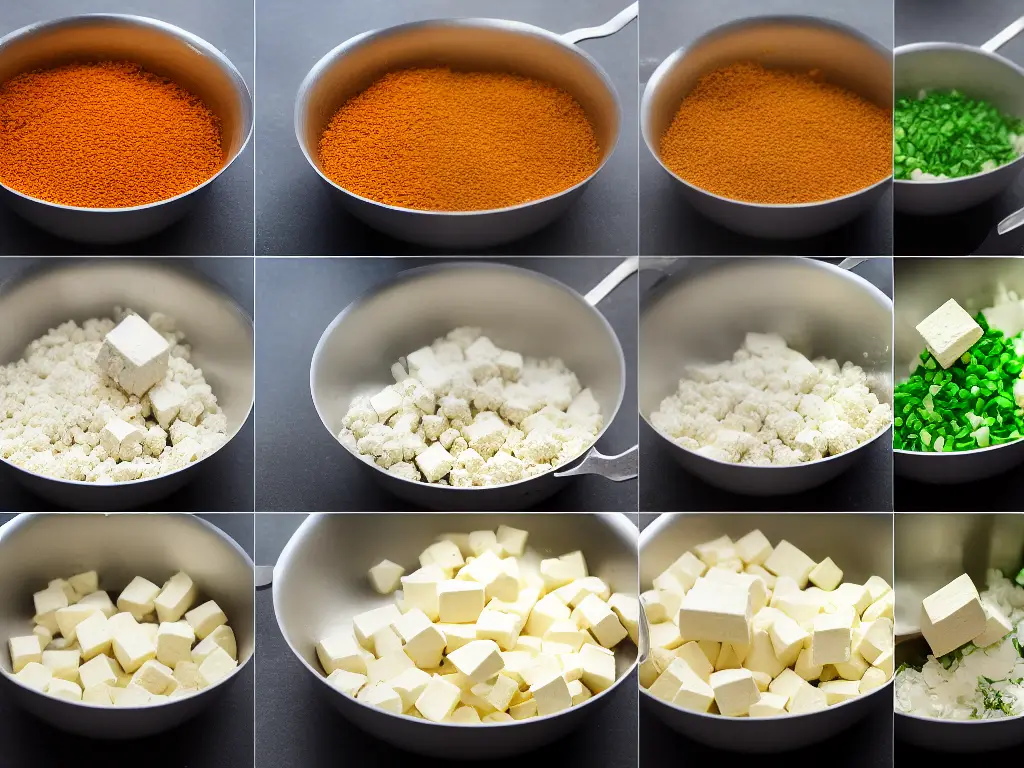
Types of Tofu
From stir-fries and soups to plant-based desserts and beverages, tofu can be a delicious and satisfying addition to any meal. When looking to store tofu, be sure to place it in a water-filled container in the refrigerator, and change the water daily to maintain freshness and extend its shelf life. With its adaptability and numerous health benefits, tofu makes for an excellent choice in adding more plant-based options to your diet.
Soft Tofu (Silken Tofu)
- Delicate texture similar to custard
- No need to press out excess liquid during coagulation process
- Perfect for blending into smoothies, soups, and sauces
- Used in desserts such as custards and vegan cheesecakes
- Commonly used in Asian dishes like mapo tofu and agedashi tofu, absorbs the flavors of the dish while maintaining its tender texture
Firm Tofu
- Slightly denser texture than soft tofu
- Excess liquid pressed out during coagulation process
- Holds shape when cooked, works well in stir-fries, grilled, or marinated
- Can be crumbled and used as a meat substitute in various dishes like tacos and lasagna
Extra-Firm Tofu
- Densest and least moist option among the three main varieties
- More water removed during tofu-making process, creating a solid texture
- Best for pan-frying, stir-frying, or baking, and can retain its shape like kebabs
- Popular choice for those seeking plant-based protein options as it contains a higher concentration of protein per serving than its softer counterparts
Tofu, also known as bean curd, is a versatile and nutritious food made from soybean curds. One of the most remarkable features of tofu is its rich protein content, making it an excellent addition to a balanced diet, particularly for those who follow a plant-based lifestyle. A 100-gram serving of tofu contains about 8 grams of protein, which helps support the growth and maintenance of healthy tissues, organs, and muscles.
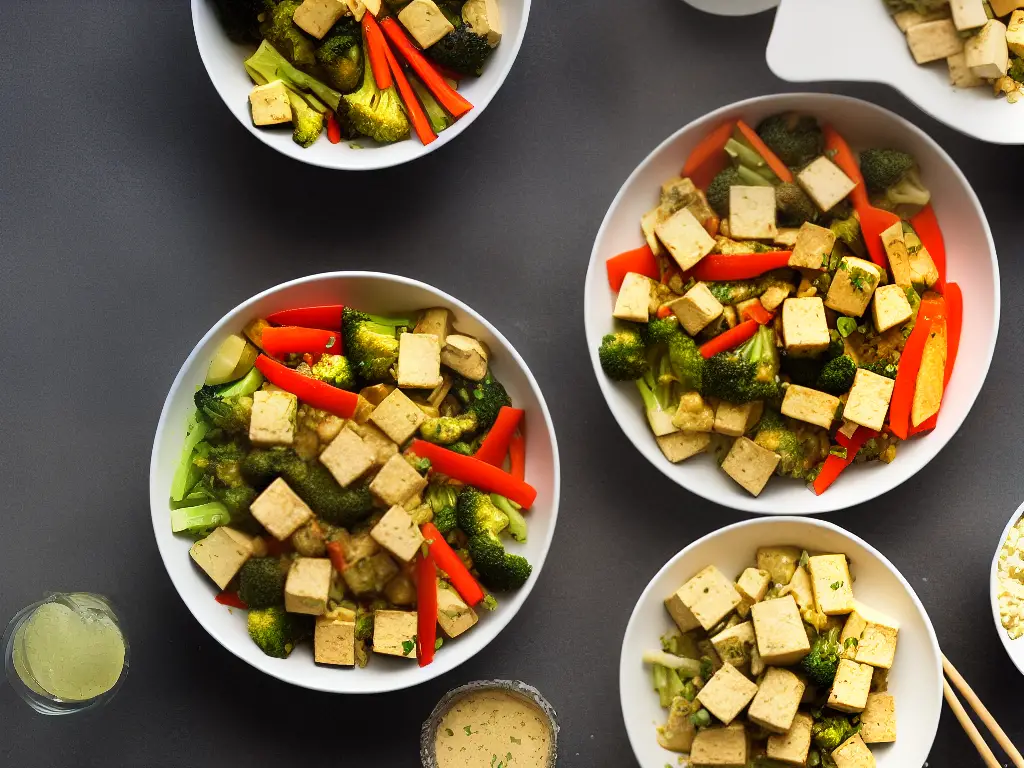
Health Benefits and Nutritional Content
There are various types of tofu to choose from, with different textures and flavors. They can be classified by firmness, but beyond that, more specialized types such as pressed tofu (also known as tofu skin or yuba) and fermented tofu exist. Each variety of tofu offers its own unique characteristics, making it a versatile and essential ingredient in both traditional and modern recipes, further highlighting its importance in various cuisines.
Isoflavones are another significant component in tofu, adding to its impressive nutritional profile. These compounds, which fall under the category of phytoestrogens, are believed to offer several health benefits, such as reducing the risk of certain types of cancer, heart disease, and osteoporosis. Genistein and daidzein are the primary isoflavones found in tofu, and their antioxidant properties help neutralize free radicals in the body, promoting overall health and wellbeing.
In addition to its protein and isoflavone content, tofu is a low-fat food that contains essential nutrients like calcium, iron, and vitamins B1, B2, and B3. Calcium is present in tofu due to its preparation method, which involves using calcium sulfate or another coagulant to solidify the soy milk. This makes tofu an excellent source of calcium for individuals who are lactose intolerant or avoiding dairy products. Furthermore, the iron present in tofu helps support the proper functioning of red blood cells, facilitating oxygen transportation throughout the body.
Incorporating tofu into a balanced diet can also contribute to improving cholesterol levels because it is low in saturated fat and contains no cholesterol. Studies have suggested that consuming soy-based products like tofu can help reduce bad LDL cholesterol and, in turn, lower the risk of heart disease. Additionally, tofu is an excellent option for weight management due to its high protein content and low-calorie nature, which can help promote feelings of fullness and reduce overall caloric intake.
Tofu, also known as bean curd, has been a staple ingredient in Asian cuisine for centuries. It is made by coagulating soy milk and then pressing the resulting curds into soft, white blocks. The versatility of tofu is another appealing factor, as it can be prepared in various ways to suit individual preferences and dietary restrictions.
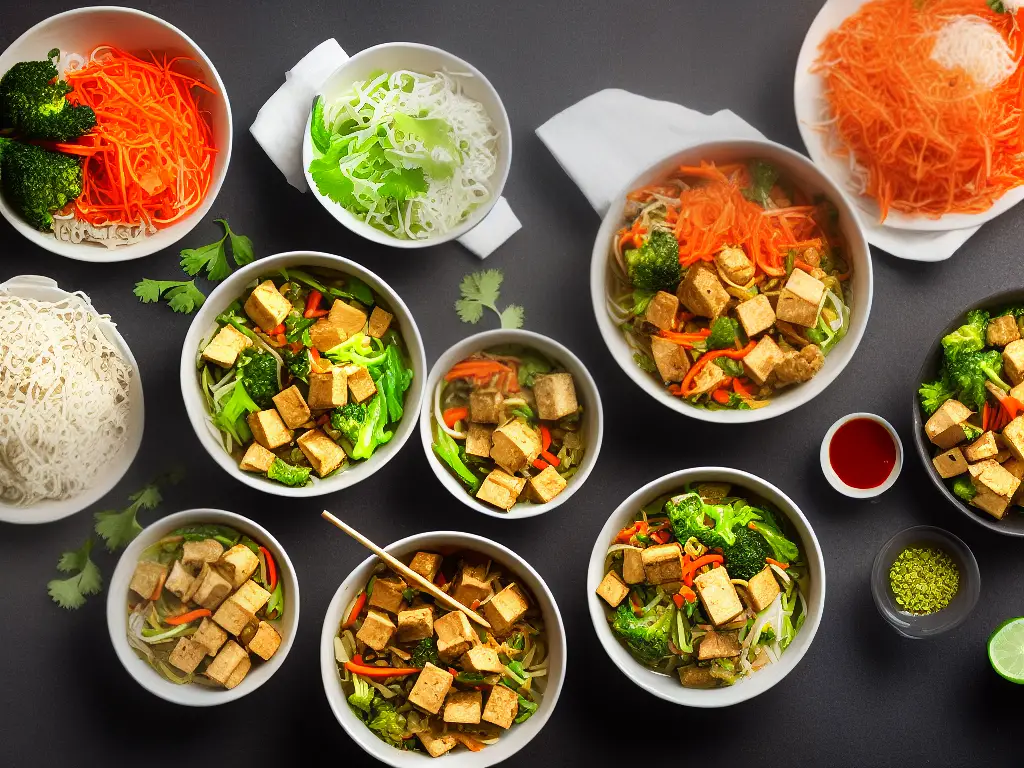
Tofu in Global Cuisine
From being grilled, stir-fried, or scrambled to being added to smoothies and desserts, tofu is a fantastic addition to any meal plan. With its notable health benefits and significant nutritional content, tofu is an excellent option for individuals seeking a wholesome, plant-based protein source that supports a balanced and nourishing diet.
The popularity of tofu can be attributed to its versatility, as it can be prepared in various ways and easily absorbs the flavors of the ingredients it is cooked with. In Asian cuisine, tofu is used in myriad dishes, from stir-fries and soups to desserts and beverages. In Chinese cooking, for example, tofu is often braised with mushrooms and soy sauce, deep-fried and served with a spicy sauce, or gently simmered in a hot pot.
Japanese cuisine similarly embraces tofu’s culinary potential in a variety of dishes, such as miso soup, where delicate cubes of silken tofu are combined with seaweed, green onions, and savory miso paste. Tofu can also be enjoyed cold in dishes like hiyayakko, where it is topped with grated ginger, green onions, and a drizzle of soy sauce. Korea offers dishes like sundubu-jjigae, a spicy soft tofu stew that is cooked directly at the table and features tofu along with vegetables, meat, or seafood.
Tofu’s rise in popularity in Western cuisine is largely due to its association with vegetarian and vegan diets since it serves as an excellent source of protein and essential nutrients. Tofu has been incorporated into various traditional Western dishes as a substitute for meat, dairy, or eggs. For example, tofu can be scrambled for a vegan alternative to scrambled eggs or blended and used as a replacement for ricotta cheese in lasagna. Furthermore, tofu’s ability to take on flavors and textures has resulted in creative dishes like tofu “chicken” nuggets and tofu-based desserts like cheesecake.
Fusion cuisine presents a perfect opportunity for tofu, a versatile and nutritious food made from soybean curds, to be integrated into a variety of culinary traditions. Known for its adaptability in texture, from soft to extra firm, tofu is not only a great source of plant-based protein, calcium, and iron, but it also adopts the flavors and characteristics of the ingredients it is paired with. In this global culinary landscape, tofu transcends its origins and allows chefs from various backgrounds to create innovative and diverse dishes.
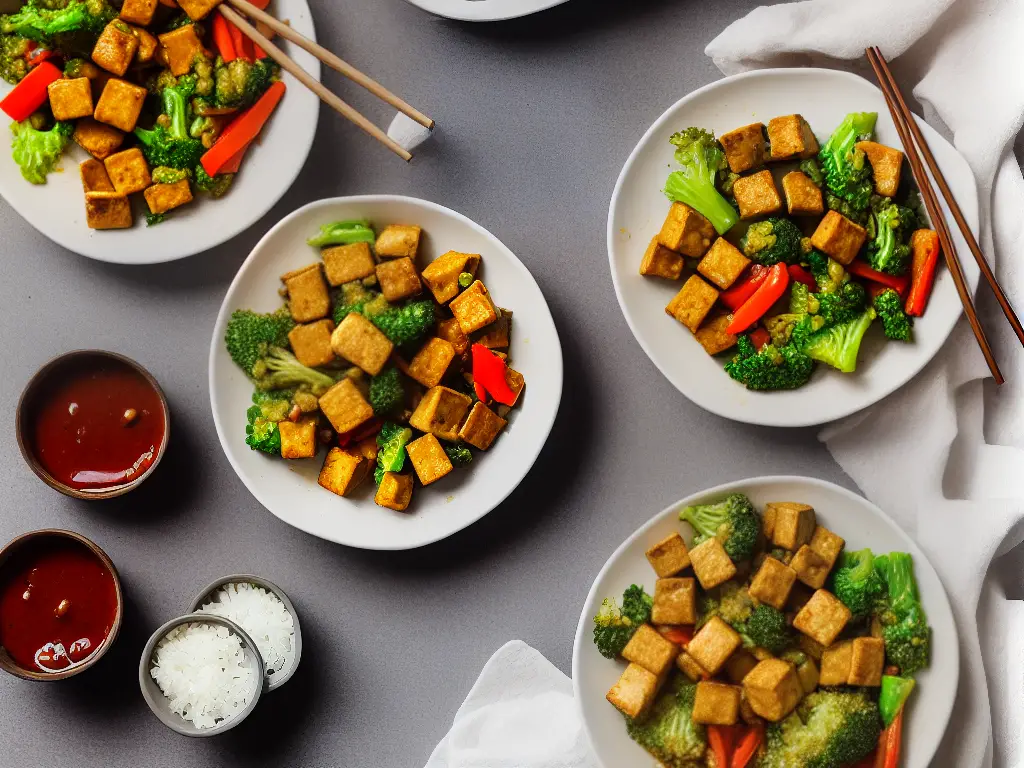
Cooking Techniques and Recipes
For instance, tofu can be marinated with Latin American-inspired spices and grilled, adding a satisfying protein element to dishes like tacos and fajitas. Alternatively, tofu can take center stage in Indian-inspired meals by replacing dairy in a classic palak paneer and pairing it with a creamy spinach sauce. To fully appreciate tofu’s versatility, proper preparation and cooking techniques are essential. These include pan-frying, stir-frying, baking, grilling, and incorporating it into soups and stews. By experimenting with tofu and introducing it to different cuisines, the ingredient demonstrates its remarkable ability to adapt and enhance both traditional and modern dishes.
Pressing tofu
One essential step before cooking tofu is to press it to remove excess water. This can be achieved by placing the tofu block between paper towels or a clean kitchen towel and putting a weighted object on top, such as a pan or canned goods, for at least 30 minutes. Pressing tofu allows for better absorption of flavors and improves its texture when cooked. Another technique is to freeze tofu before pressing, as this helps achieve a firmer and meatier texture.
Marinating tofu
Marinating tofu is an excellent way to infuse flavors, especially because tofu has a subtle taste on its own. Common marinades include soy sauce, garlic, ginger, sesame oil, and rice vinegar, but you can experiment with different seasonings to suit your preferences. Marinating time can range from 30 minutes to a couple of hours, depending on how much flavor you want to infuse into the tofu.
Stir-frying or pan-frying tofu
Stir-frying or pan-frying tofu is a popular method for achieving a crispy exterior with a soft interior. To do this, heat some oil in a non-stick frying pan, wok, or cast-iron skillet over medium-high heat. Cut the tofu into cubes or slices and cook for 2-4 minutes on each side, or until golden brown and crispy. Adding cornstarch or potato starch to tofu before frying can also enhance its crispiness. Once cooked, you can add the tofu to your favorite stir-fry dishes or serve it as a standalone dish with a dipping sauce.
Baking tofu
For a healthier alternative, baking tofu is an excellent choice. Preheat your oven to 350°F (180°C), and line a baking sheet with parchment paper. Cut the tofu into cubes, slices, or even cut it into fun shapes using cookie cutters. Remember to season or marinate the tofu before baking. Spread the tofu onto the baking sheet and bake for 20-30 minutes, flipping halfway through, until golden brown and crispy. Baked tofu can be served as a snack, added to salads, or used as a meat substitute in various dishes.
Grilling tofu
Grilling tofu is a delicious way to prepare it while adding a unique smoky flavor. Ensure that your grill grates are clean and well-oiled to prevent sticking. Cut the tofu into thick slabs, and season or marinate them as desired. Cook the tofu on a medium-high grill for 3-4 minutes per side or until grill marks appear and the tofu develops a slightly crispy crust. Grilled tofu can be served as a main dish alongside grilled vegetables and a dipping sauce, or added to sandwiches and wraps.
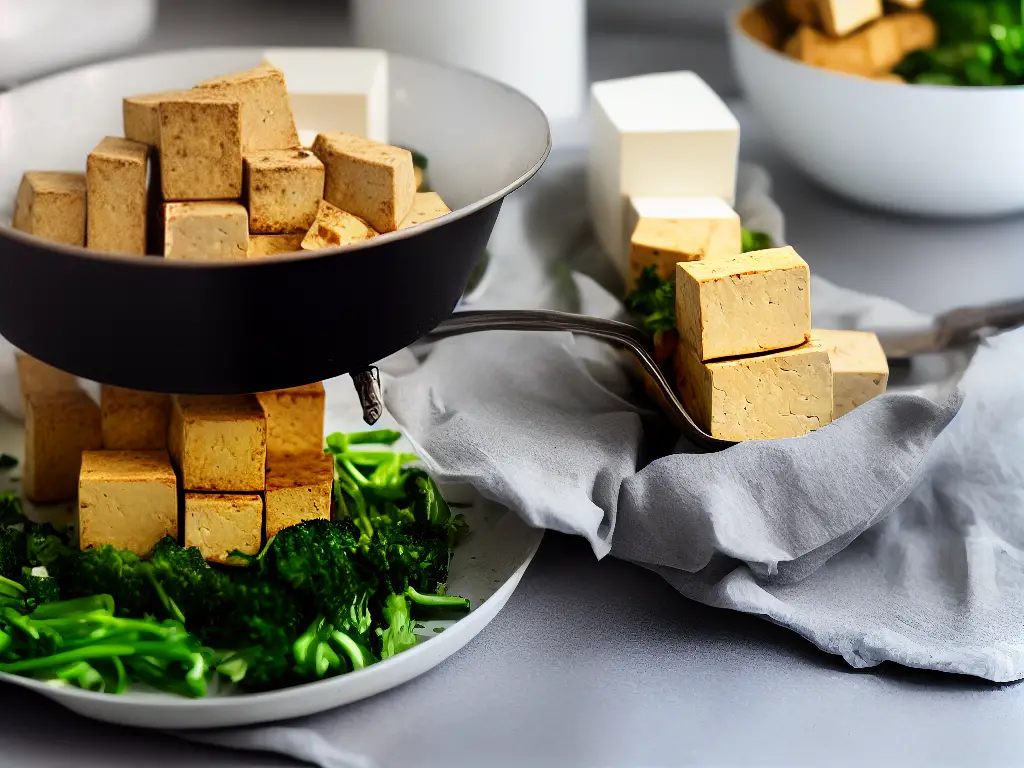
Tofu Alternatives and Substitutes
If you’re interested in exploring other soy-based protein options, consider trying tempeh – a popular tofu alternative made from fermented whole soybeans. Tempeh is shaped into a firm, earthy cake, and it boasts a substantial texture, nutty flavor, and high protein content (about 18 grams per 100-gram serving). This makes it an excellent choice for plant-based diets and versatile enough for a variety of dishes. You can slice, crumble or grind tempeh to use in stir-fries, salads, sandwiches, and even veggie burgers. Since it is less processed and considered a whole food, tempeh has a significant health advantage over tofu.
Seitan, also known as wheat meat or wheat gluten, is another popular tofu substitute that is made from vital wheat gluten, the main protein found in wheat. After mixing the vital wheat gluten with water, the dough is formed and cooked. Seitan is notable for its dense, chewy texture that closely resembles that of meat. With a protein content of around 21-25 grams per 100-gram serving, seitan is a potent plant-based protein source. Since it readily absorbs flavors from sauces and marinades, seitan is extremely versatile and can be used in various recipes like stir-fries, stews, and sandwiches. However, it is essential to note that seitan is not suitable for those who are gluten-intolerant or have celiac disease.
Soy-based products aren’t the only plant-based protein options available for those looking to replace tofu. Chickpea flour, for example, is a versatile alternative that’s also known as gram flour, besan, or garbanzo flour. This flour is made by grinding dried chickpeas into a fine powder, creating a high-protein and gluten-free alternative to wheat flour. Chickpea flour can be used to make vegan omelettes, quiches, and frittatas by simply mixing it with water, spices, and desired ingredients until a batter forms, then cooking as desired. Chickpea flour is also an excellent base for various recipes like veggie burgers, pancakes, and flatbreads.
Nuts can also be used as a tofu substitute in select recipes, especially in the case of cashew cheese. Cashews can be soaked in water, then blended with nutritional yeast, lemon juice, and spices until a creamy texture is achieved. Cashew cheese can be used in place of cream cheese, alfredo sauce, or a ricotta-style cheese in various dishes. Almond flour or ground almonds can also add richness and protein to recipes. For these alternatives, keep in mind that the flavor and texture will be different from tofu, but they provide additional protein and nutrients that can still make a dish satisfying and nutritious.
Jackfruit, a large green fruit from Southeast Asia, provides a novel alternative to tofu substitutes. Its growing popularity is attributed to its interesting ability to imitate the texture of shredded meat when cooked and seasoned correctly. It can be incorporated into various dishes such as tacos, barbecue sandwiches, and pulled ‘pork’ sliders. Although jackfruit does not serve as a direct substitute for tofu due to its lower protein content, it offers a unique and creative way to enhance plant-based meals.
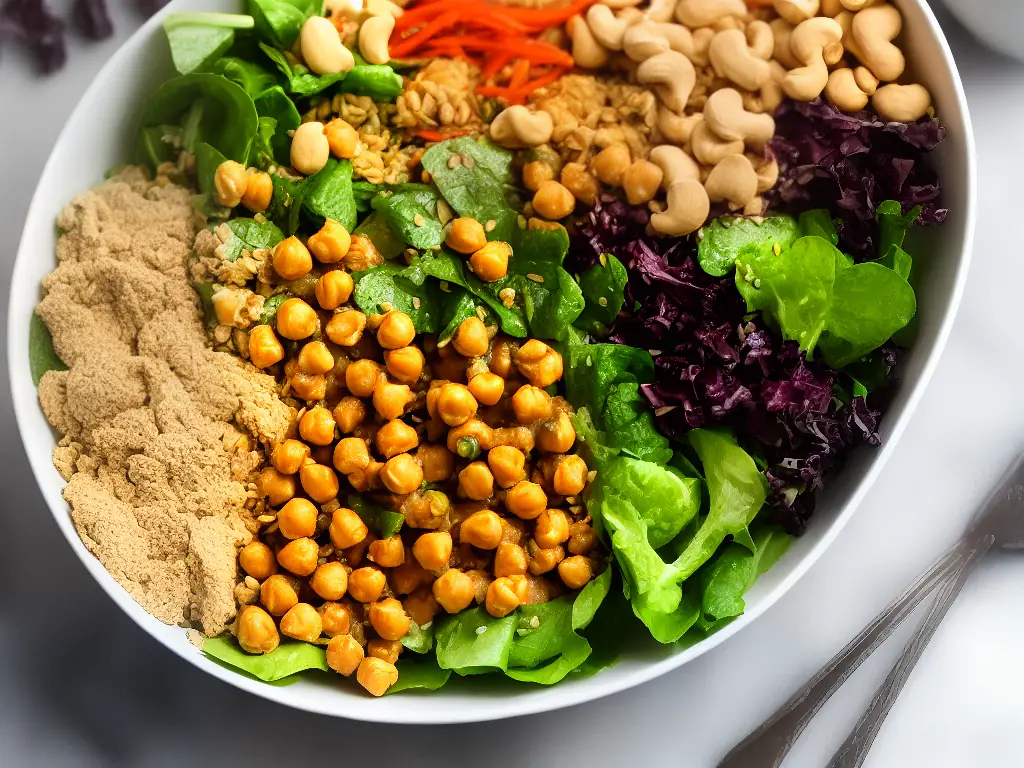
Environmental Impact and Sustainability
Moving on to tofu, this popular plant-based protein source is made from soybeans and is also known as bean curd. Tofu boasts a significant advantage over animal-based proteins like meat and dairy due to its considerably lower environmental impact during production. This benefit is particularly essential when considering climate change, land and water use, and overall sustainability. Hence, tofu remains an attractive option for those seeking environmentally-conscious protein sources.
Soybean cultivation requires far less land, water, and other resources compared to the production of animal-based proteins. For example, a 2016 study published in the journal Global Environmental Change found that producing 1 kg of tofu emits approximately 2 kg of carbon dioxide, whereas producing the equivalent amount of beef emits around 27 kg of carbon dioxide. Moreover, the amount of arable land needed to produce one kg of soy protein is found to be only 10% that of land required for an equal amount of beef. This reduces the demand for farmland expansion, which can result in deforestation and habitat destruction.
Water usage is another concern when it comes to the sustainability of protein sources. The production of tofu consumes significantly less water than other animal-based proteins, such as beef and pork. A study in the journal Water found that producing 1 kg of tofu requires approximately 302 liters of water, comparing to a staggering 15,415 liters to produce 1 kg of beef. This makes tofu a much more sustainable option in terms of water use.
Additionally, tofu production generates fewer pollutant emissions and waste byproducts in comparison to animal agriculture. For instance, livestock contributes to the release of methane, a potent greenhouse gas, as a result of enteric fermentation in ruminants. By opting for tofu, people can help contribute to a reduction in methane emissions and their associated environmental impact.
It is also important to note the positive impact of increasing the consumption of tofu on public health. A shift towards a plant-based diet, particularly one that includes soy-based products like tofu, has been associated with lowering the risk of various chronic diseases, such as heart disease and stroke. This, in turn, reduces the pressure on healthcare systems and helps create more sustainable societies in the long run. Therefore, not only is tofu environmentally friendly, but it also contributes to the betterment of public health, allowing individuals to make a meaningful impact in the pursuit of a more sustainable future.

As we have explored, tofu offers an array of benefits to our health, the environment, and the culinary world. From its humble beginnings in ancient China to its widespread use in cuisines across the globe, tofu plays an essential role in a variety of dishes and meal plans. By understanding the production process, nutritional content, and various types of tofu, we can better appreciate its versatility and integrate it into our own culinary creations. Whether you are a tofu enthusiast or a curious newcomer, there is no denying the impact this protein-rich food has made on our lives and the planet.
